In today's fast-paced world, finding time for relaxation and self-care is essential. One of the most effective ways to unwind and relieve tension is by taking a soothing bath, especially when combined with the ancient practice of acupressure. In this article, we will explore the numerous benefits of acupressure and look at some acupressure points you can focus on during your bath relaxation to maximize the physical and mental benefits.
Acupressure, closely related to acupuncture, is a traditional Chinese medicine (TCM) technique that involves applying pressure to specific points on the body with the objective of harmonizing imbalances in the body's energy (Qi) to promote healing and wellbeing. By stimulating these points, you can unlock energetic pathways, reduce stress, and relieve pain.
Bath Relaxation: The Physical and Mental Benefits
A warm bath not only provides a relaxing retreat but also has numerous physical and mental benefits that are amplified by the incorporation of acupressure. These benefits include:
- Muscle Relaxation: The heat from the water helps to soothe and relax tense muscles, easing pain and discomfort.
- Stress Reduction: A warm bath has a calming effect on the mind, reducing stress levels and increasing feelings of relaxation.
- Improved Sleep Quality: Regularly taking a warm bath can help regulate sleep patterns, ensuring better quality rest.
- Enhanced Mood: A relaxing bath can elevate mood and alleviate symptoms of depression and anxiety.
- Detoxification: The warm water encourages sweat production, effectively flushing toxins from the body.
Now that we understand the benefits of bath relaxation, let's explore the most effective acupressure points that will enhance your experience further.
Acupressure Points to Focus on During Bath Relaxation
- Yongquan (KIdney 1)
Located on the sole of the foot, just below the ball of the foot, this pressure point is known to relieve anxiety, promote relaxation, and ground excessive energy. Simply apply gentle pressure and massage the point for a few minutes for maximum benefit.
- Zusanli (Stomach 36)
This point is found on the front of the lower leg, about four finger-widths below the kneecap along the outer edge of the shinbone. Stimulating this point is believed to boost energy levels and increase overall wellbeing.
- Neiguan (Pericardium 6)
Located on the inside of the forearm, roughly two finger-widths below the wrist crease, this pressure point is associated with relieving nausea, stress, and anxiety. Apply pressure and massage this point during your bath to calm the mind and encourage relaxation.
- Taichong (Liver 3)
Found in the space between the first and second toes, two finger-widths from the joint, this point is known to alleviate stress, anger, and tension. Massage this point during your bath to promote mental relaxation and emotional balance.
- Gallbladder 34
Located on the outside of the leg below the knee, you can find this point in the small depression just below the head of the fibula. This pressure point will help in releasing muscle tension and stiffness in the lower body.
- Gallbladder 21
Situated at the highest point of the shoulder muscle, this point is known for releasing emotional stress and tension. Stimulate this point with gentle pressure to encourage relaxation and release tension.
Make sure to apply gentle pressure and be consistent with your massage to maximize the effects. Don't forget to breathe deeply and focus on your relaxation during the entire process.
Enhance your Acupressure Bath Experience
For an even more luxurious and effective experience, consider incorporating the following techniques and tools to amplify your bath relaxation and acupressure session.
- Essential Oils: Adding a few drops of calming essential oils, such as lavender or chamomile, can enhance the relaxation benefits of your bath.
- Acupressure or Massage Tools: Make sure to explore the wide array of acupressure and massage tools available on Efforest.com’s collection page to help you target specific points during your bath effectively.
- Meditation or Relaxing Music: Adding calming music or incorporating guided meditation into your bath relaxation routine can help quiet your mind and deepen the relaxation experience.
- Epsom Salts: Epsom salts are mineral compounds that have been shown to help calm the nervous system and promote muscle relaxation. Add a cup of Epsom salts to your bath to enhance the muscle-relaxing benefits.
In conclusion, practicing acupressure during your bath helps to improve your overall wellbeing and promotes relaxation on a deeper level. By focusing on specific acupressure points, you can alleviate stress, pain, and muscle tension to achieve a greater sense of balance and relaxation. Incorporate these techniques during your bath relaxation routine, and watch as your physical and mental state are transformed. Remember, self-care is essential for maintaining a healthy mind and body, so don't be afraid to indulge in these healing practices regularly.
Frequently Asked Questions About Acupressure Points
1. What are the 5 pressure points?
While there are many acupressure points throughout the body, here are five commonly targeted points for their therapeutic potential:
- Yongquan (Kidney 1): Located on the sole of the foot and used to alleviate anxiety and promote relaxation.
- Zusanli (Stomach 36): Found on the lower leg below the kneecap, used to boost energy levels and promote overall wellbeing.
- Neiguan (Pericardium 6): Located on the inner forearm, this point helps relieve nausea, stress, and anxiety.
- Taichong (Liver 3): Located between the first and second toes, this point helps alleviate stress, anger, and tension.
- Gallbladder 21: Situated at the highest point of the shoulder muscle, this point is used to release emotional stress and tension.
2. What pressure points make you go to the bathroom?
There are several pressure points that can help with bowel movements and stimulate the urge to go to the bathroom. Some of these include:
- Zusanli (Stomach 36): Stimulating this point can help regulate bowel movements and promote healthy digestion.
- Tianshu (Stomach 25): Located roughly two finger-widths away from the navel on either side, this point helps with constipation and abdominal pain.
- Guanyuan (Ren 4): This point is located about three finger-widths below the navel, along the midline of the body, and can assist with constipation and diarrhea.
3. Do acupressure points really work?
Acupressure has been used in traditional Chinese medicine for thousands of years, and numerous studies have demonstrated the effectiveness of this healing modality for various health conditions. While the mechanism behind acupressure is not entirely understood, research has shown that stimulating specific points can promote blood circulation, regulate the nervous system, and release endorphins to manage pain. However, individual results can vary, and it is essential to consult with a healthcare professional before undertaking any new therapy.
4. How long do you hold acupressure points?
The duration of acupressure point stimulation can vary depending on the specific point and the individual's tolerance. In general, it is recommended to hold each pressure point for 30 seconds to 2 minutes, applying gentle pressure while maintaining deep breaths. This can be done multiple times throughout the day, but always remember to listen to your body and avoid overstimulation.

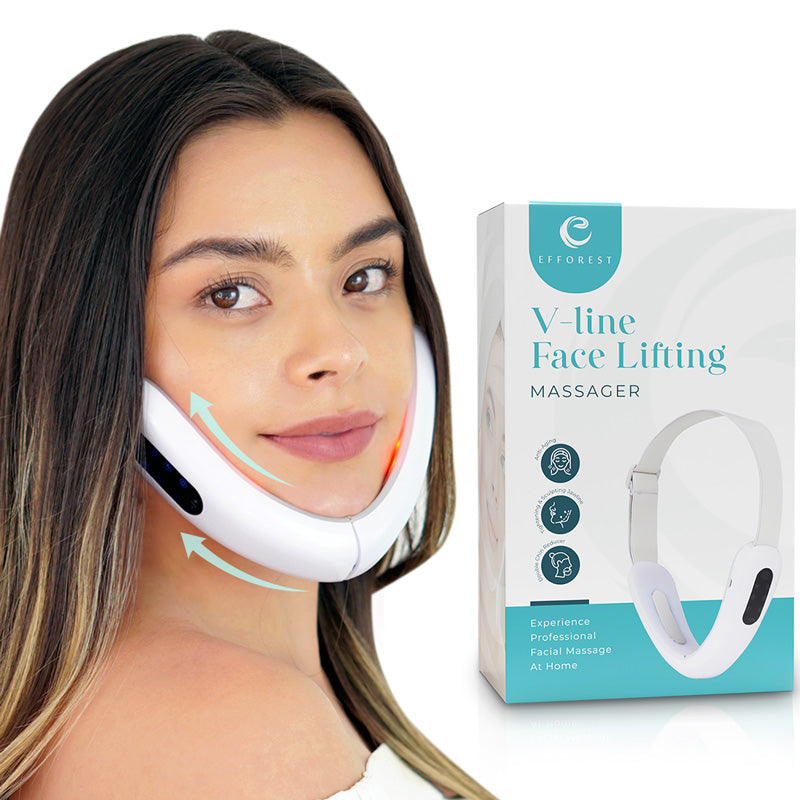
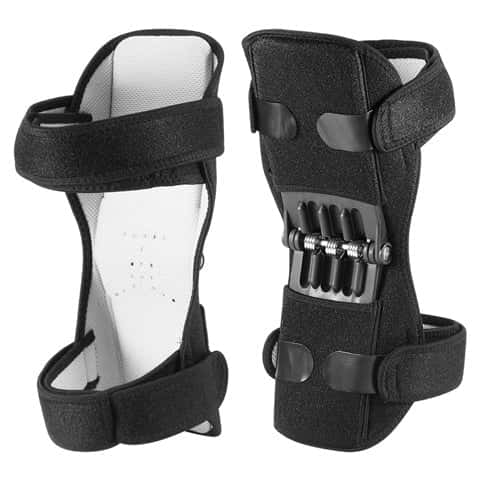
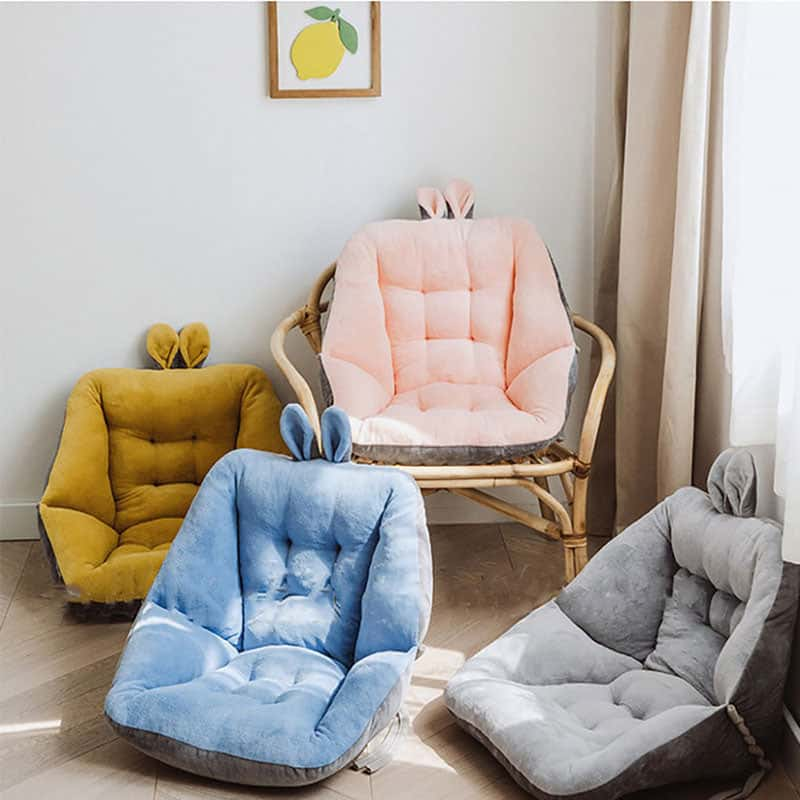

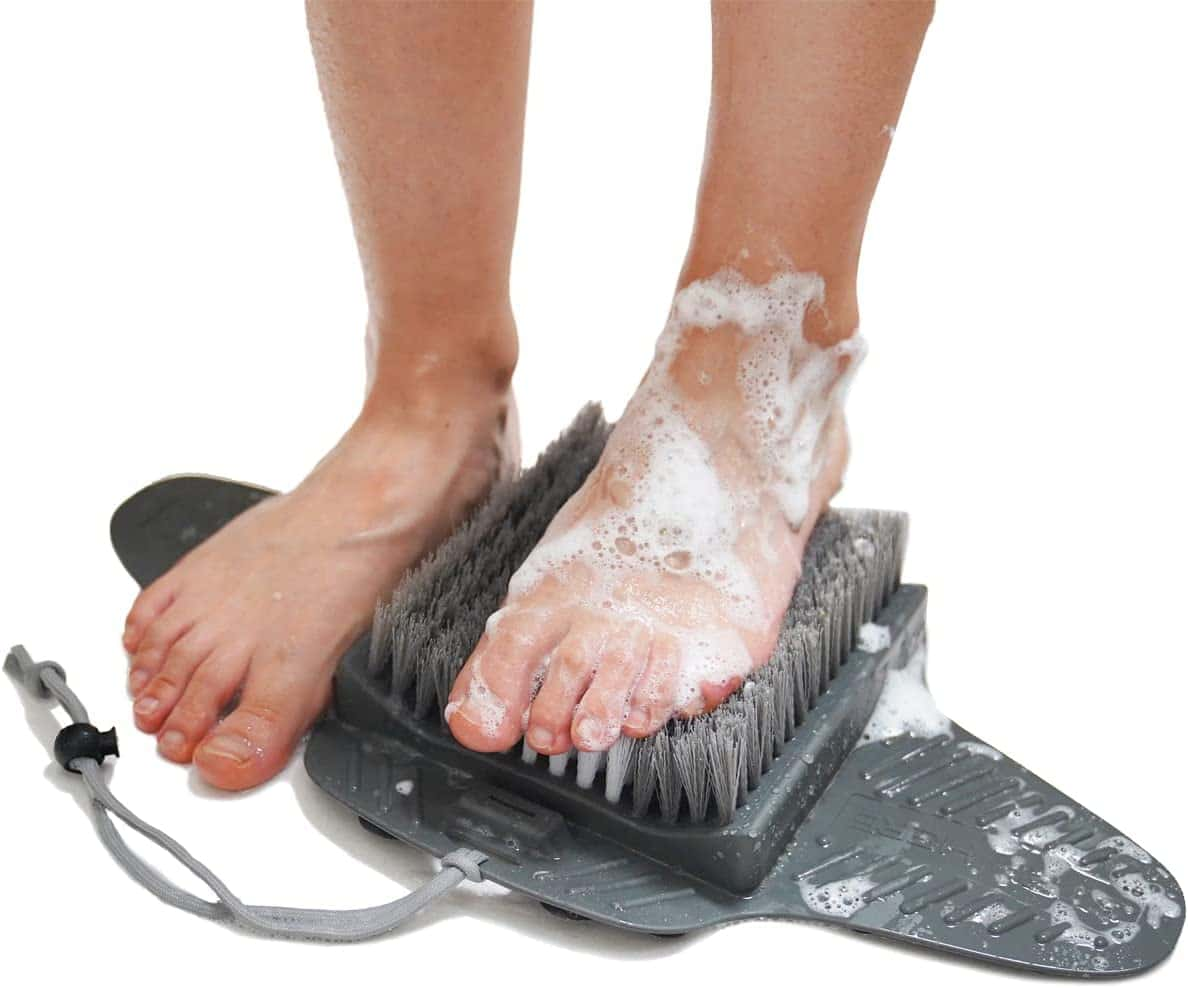

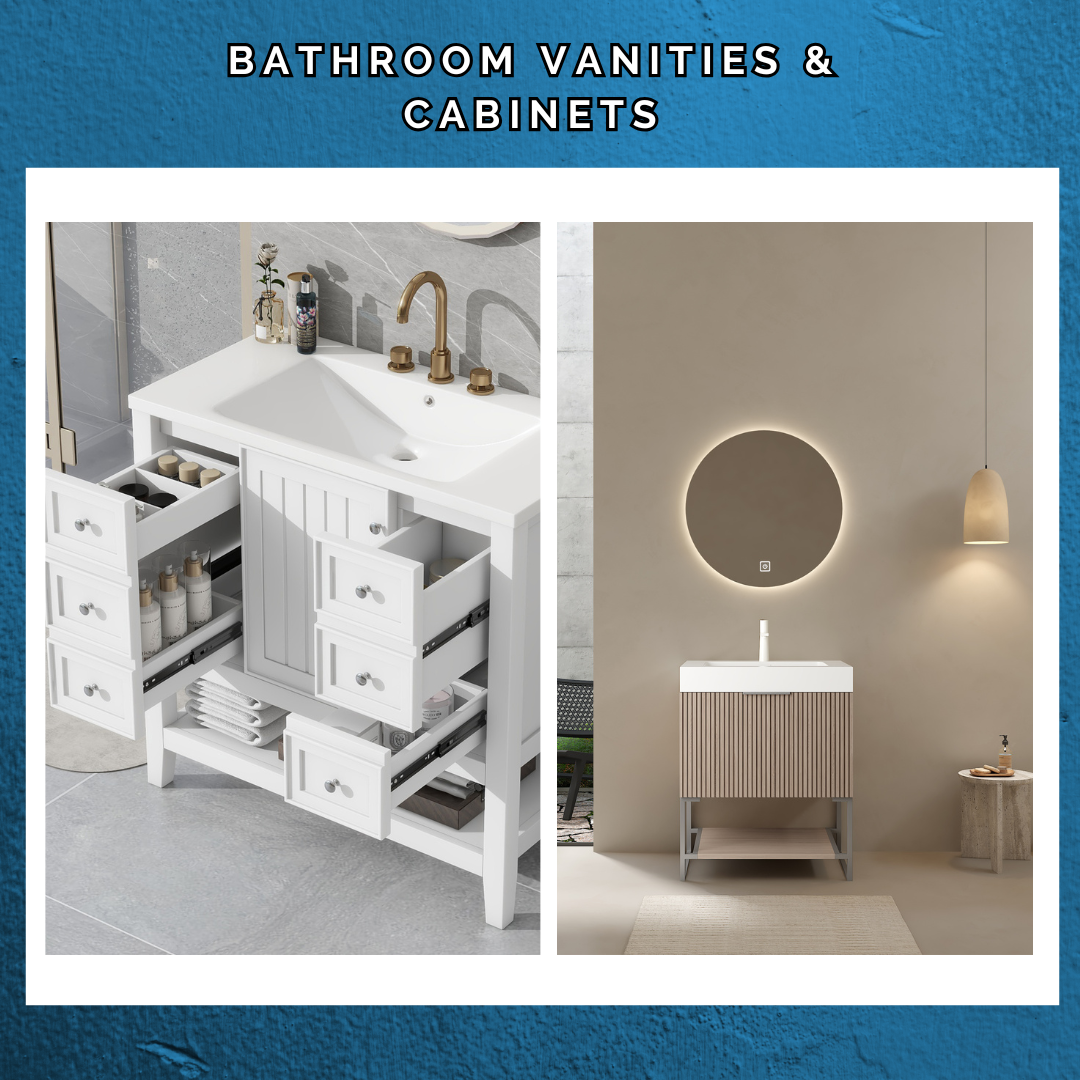
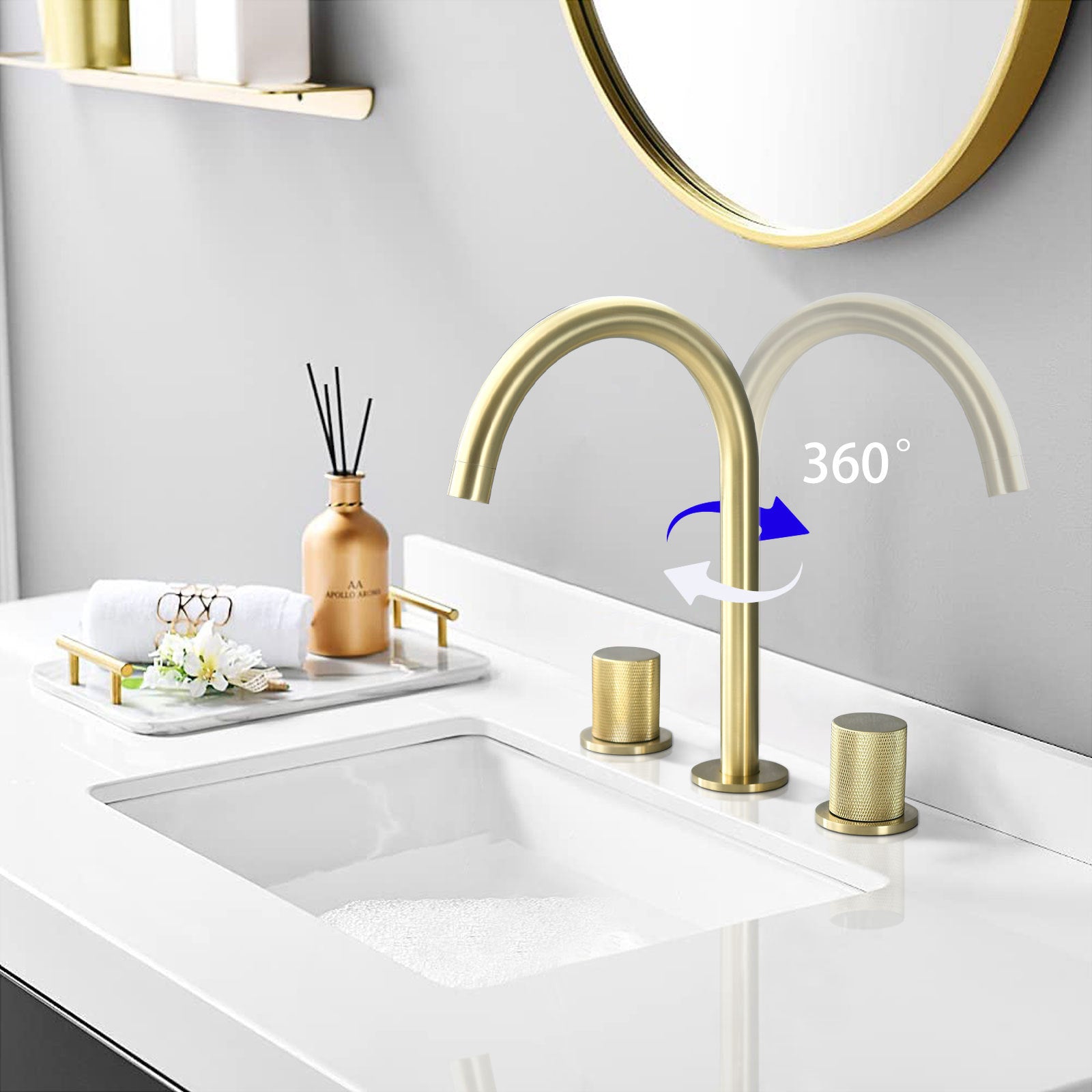
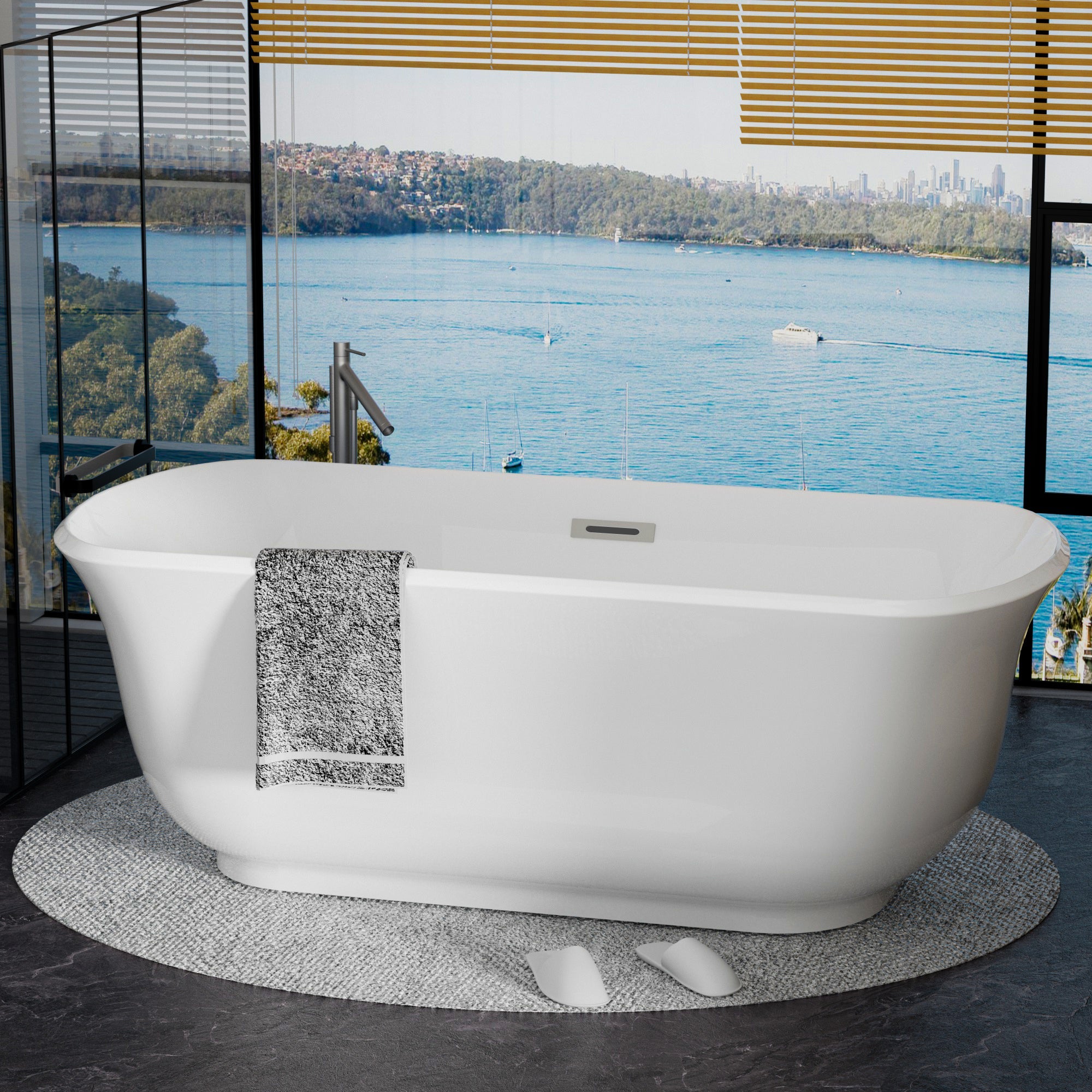


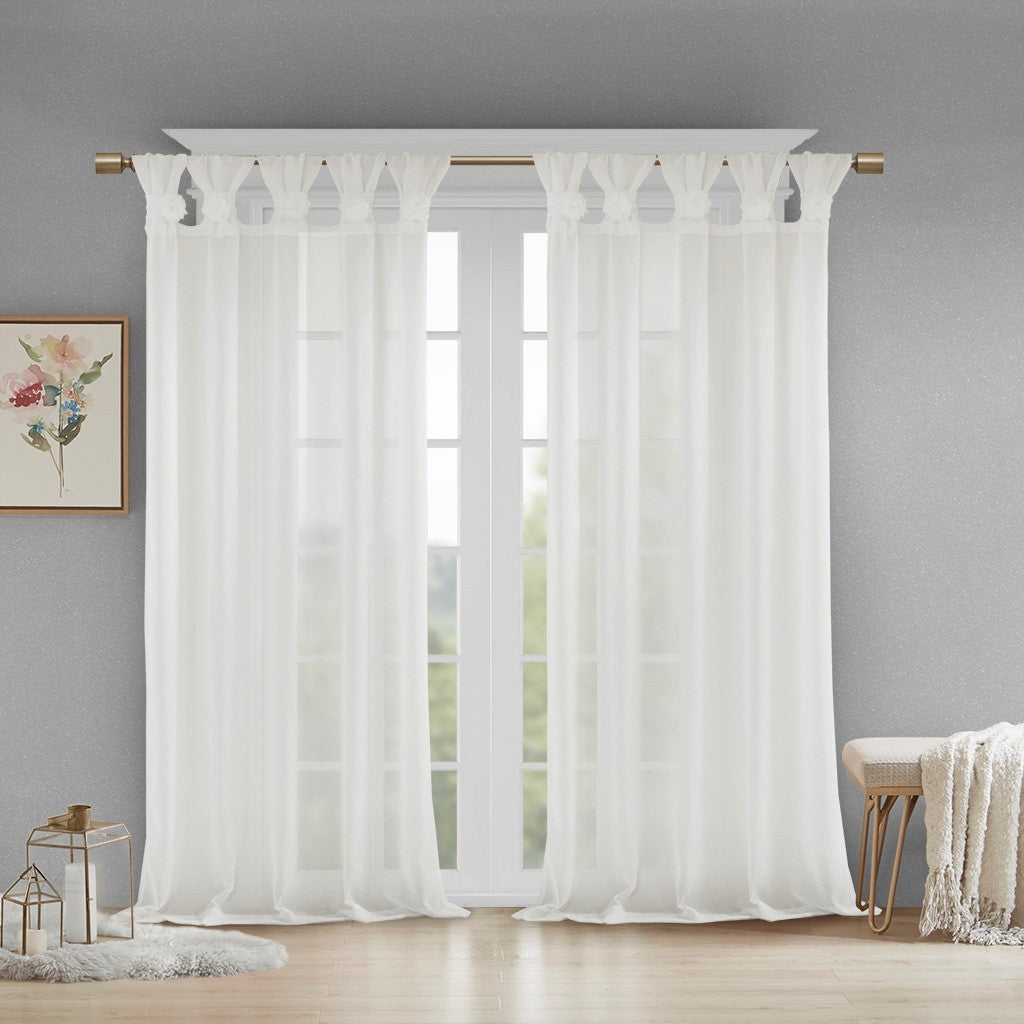
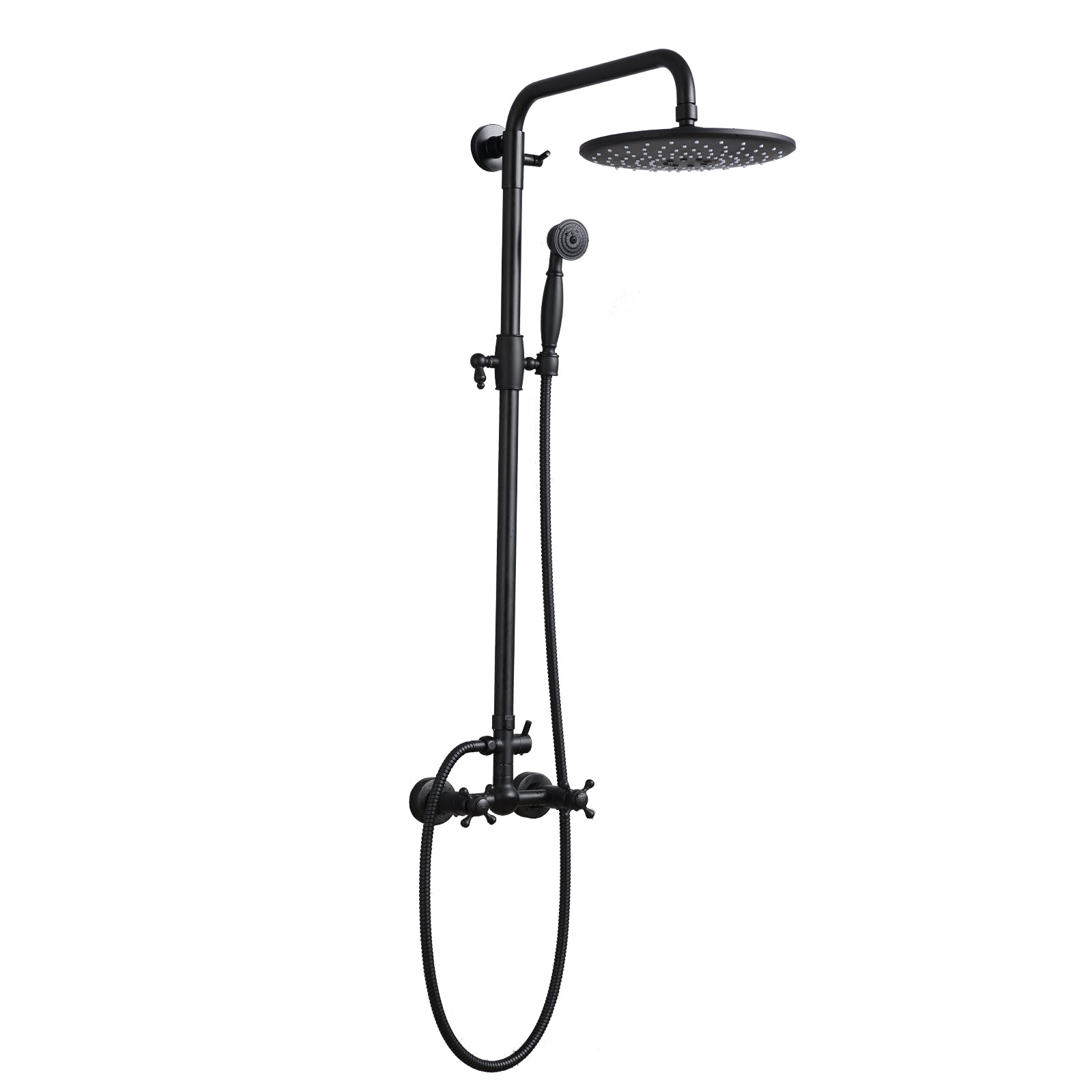

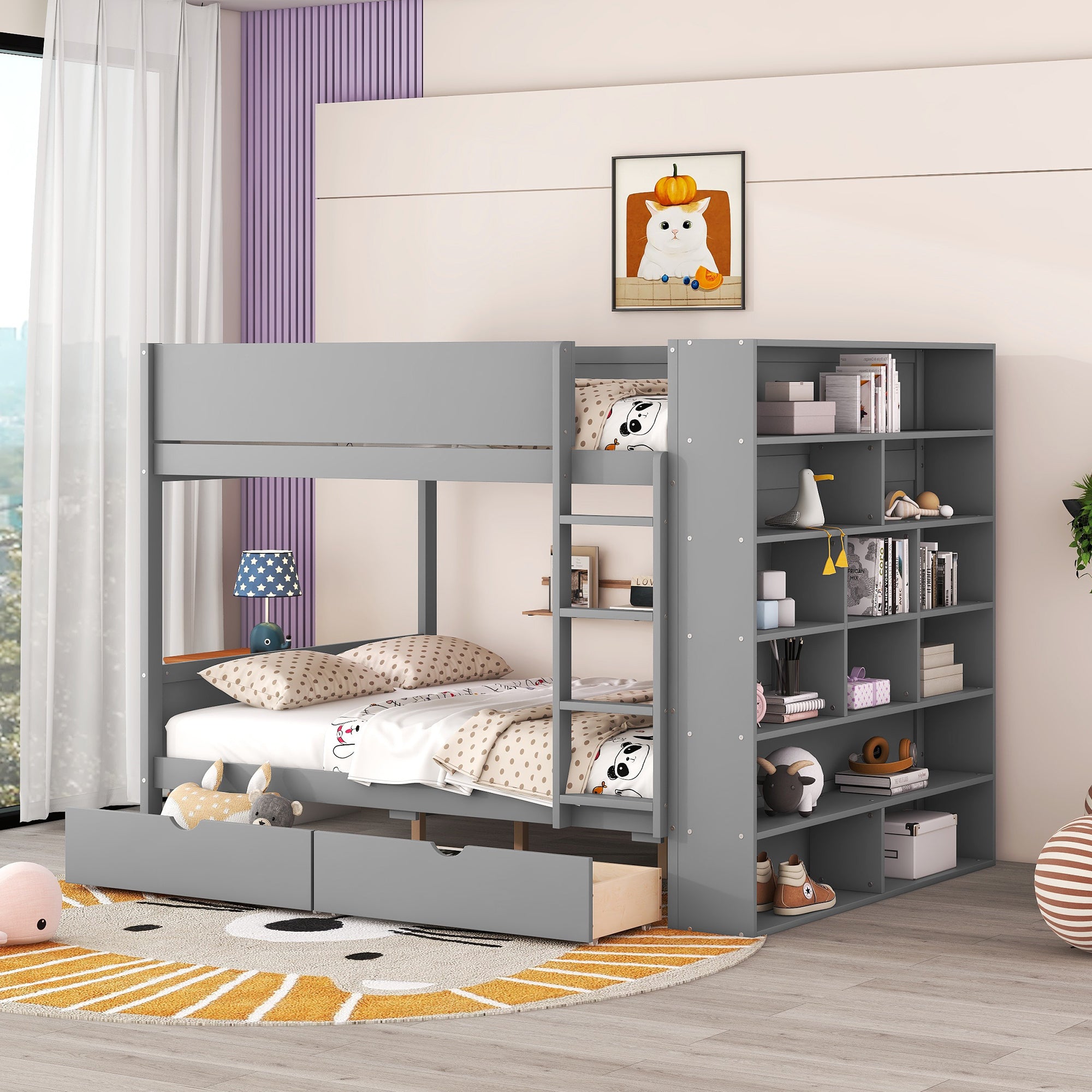

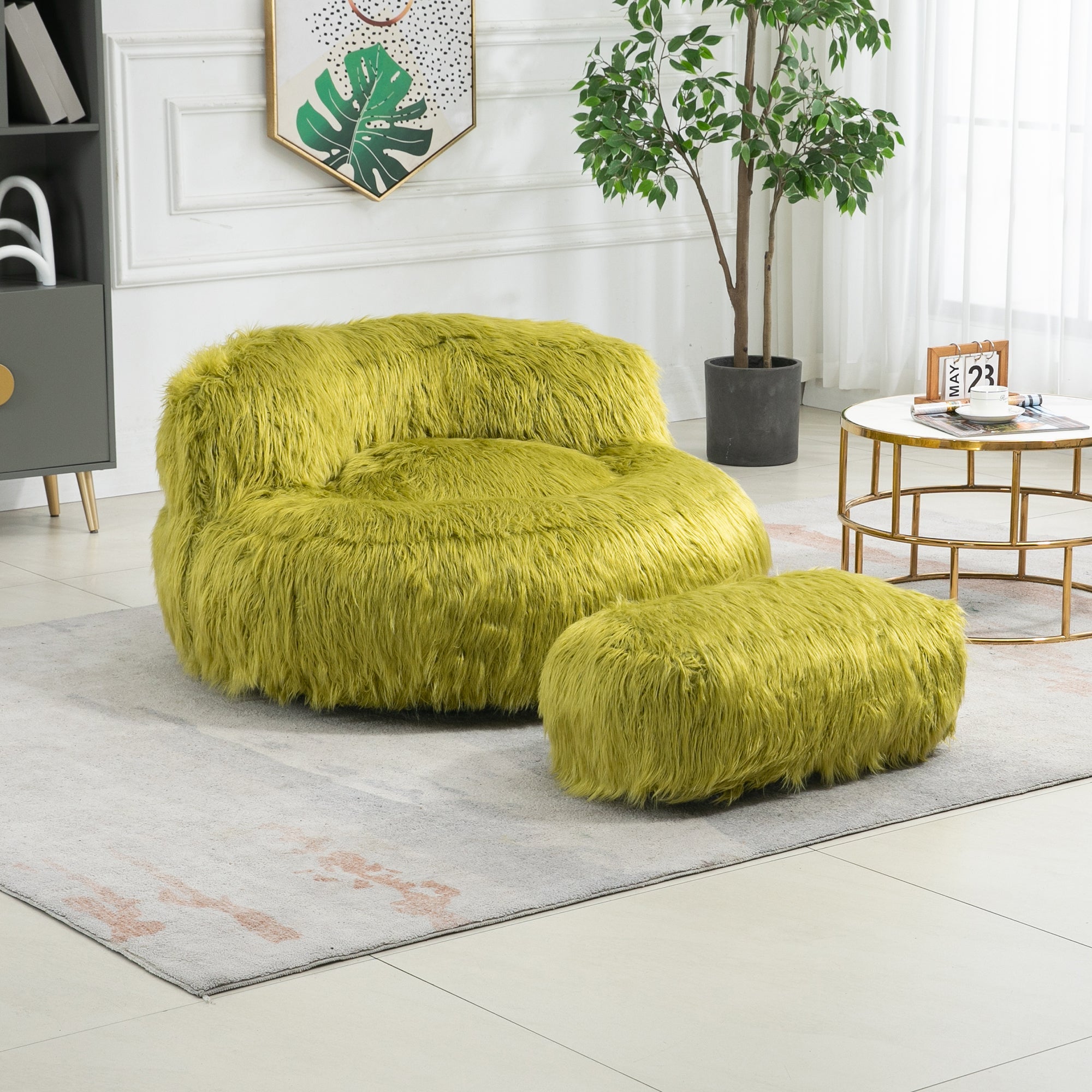
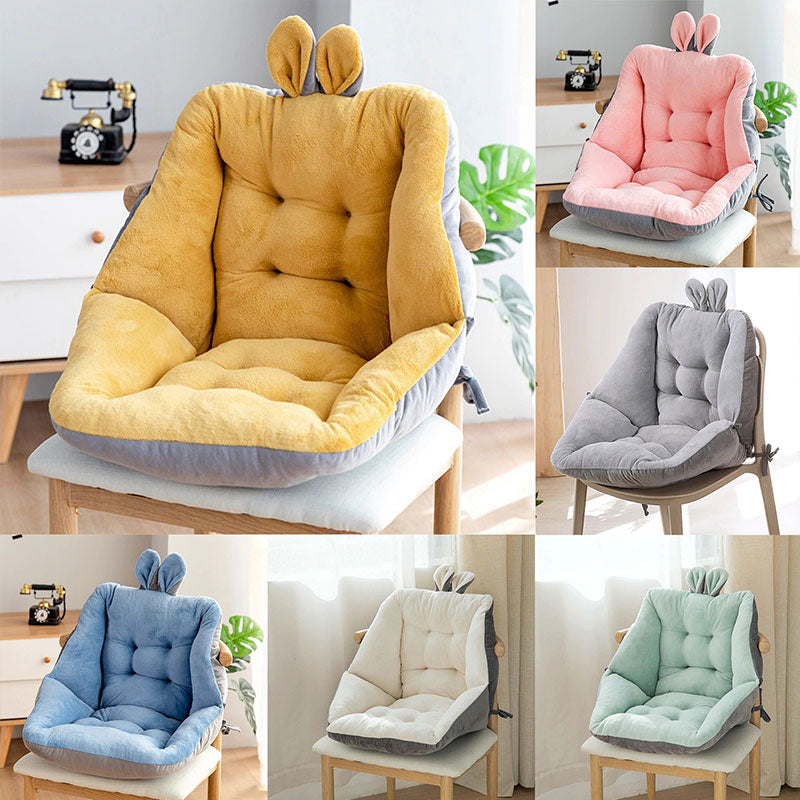

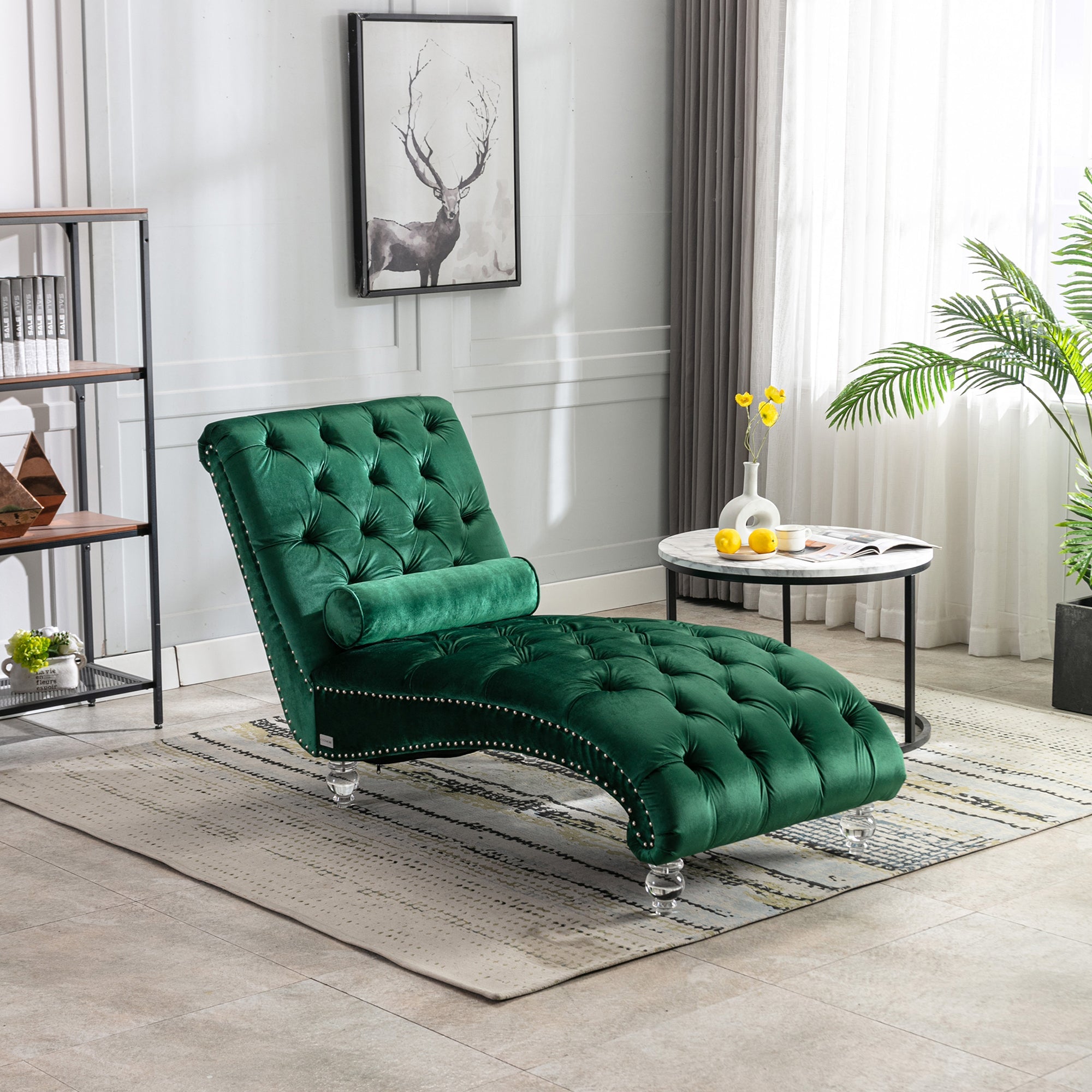


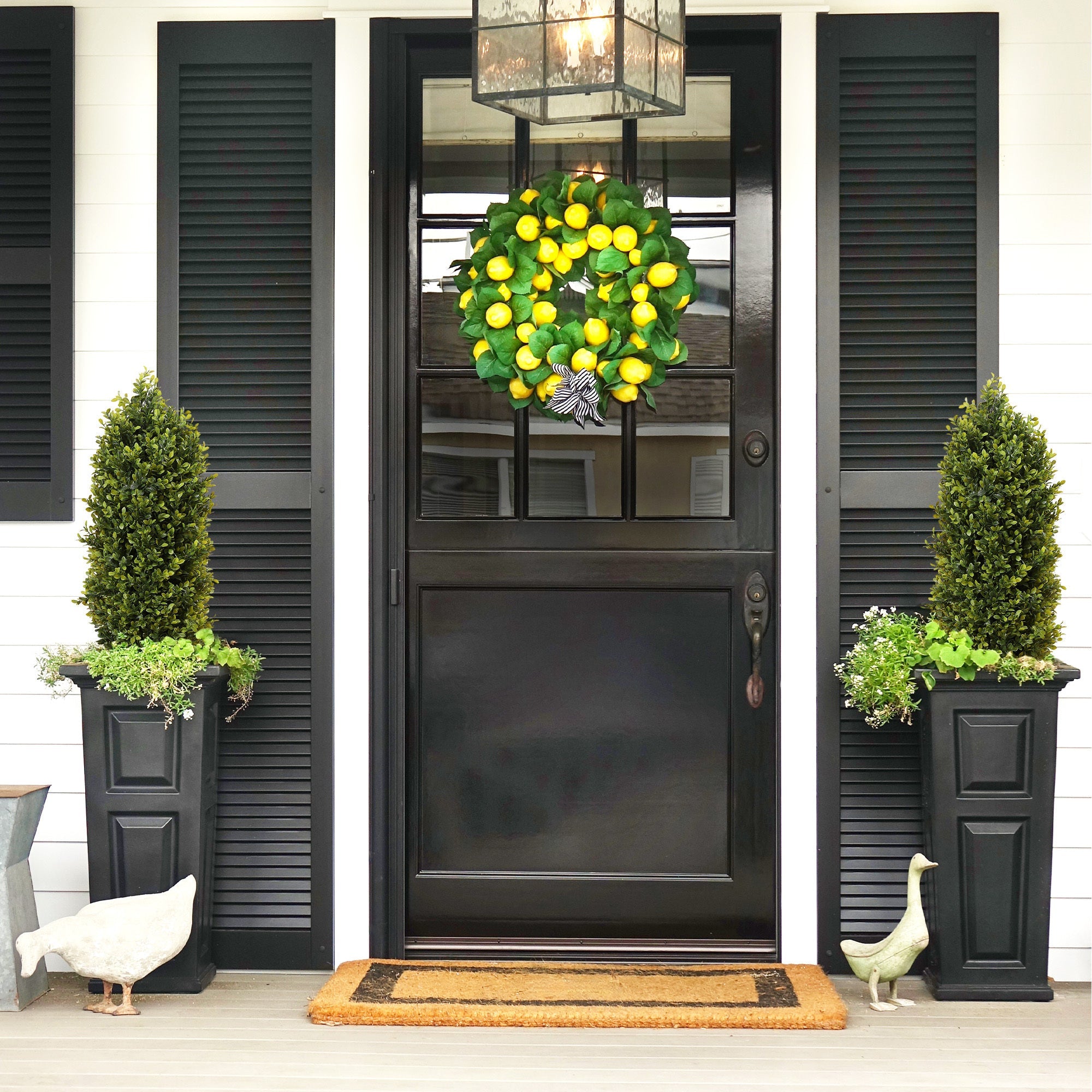
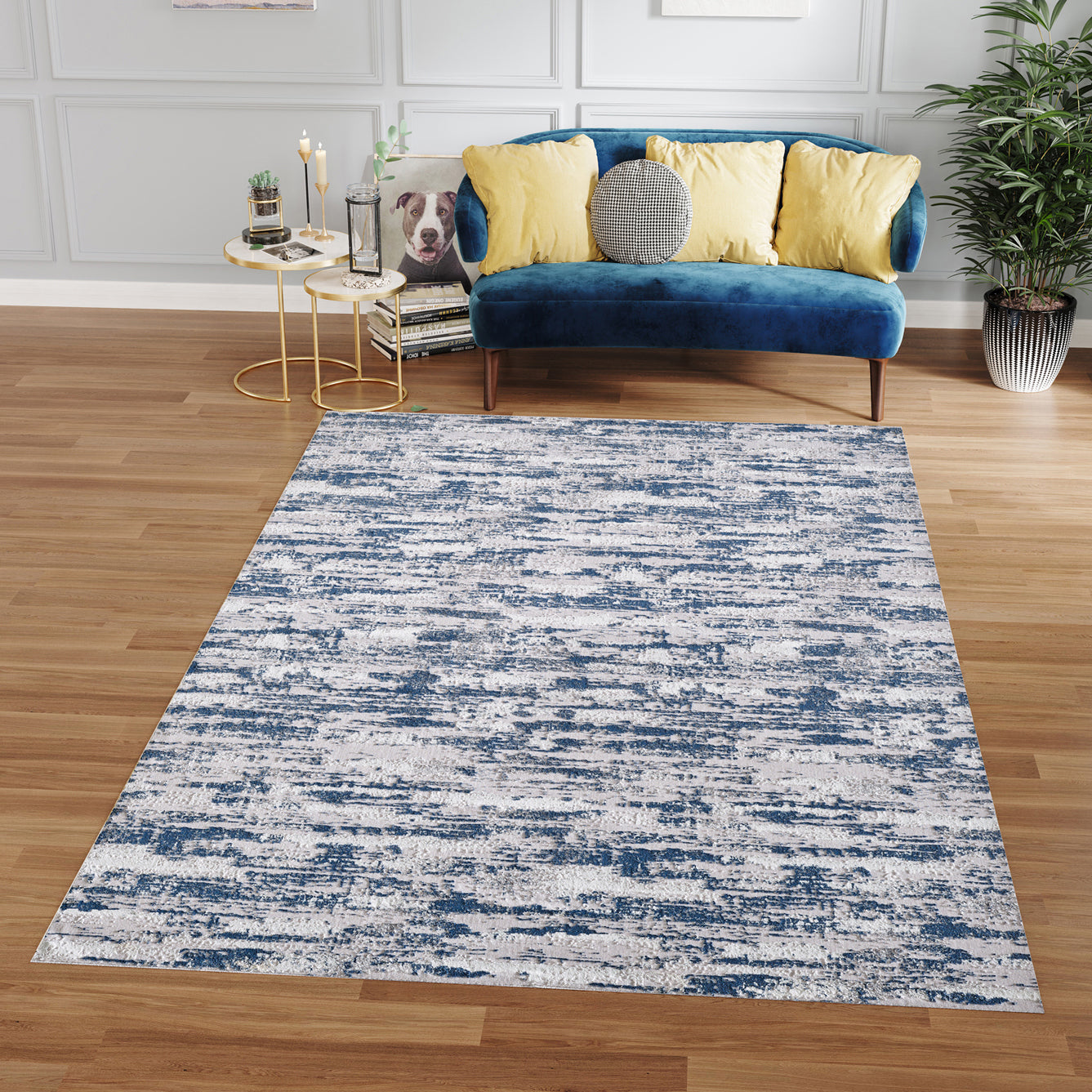
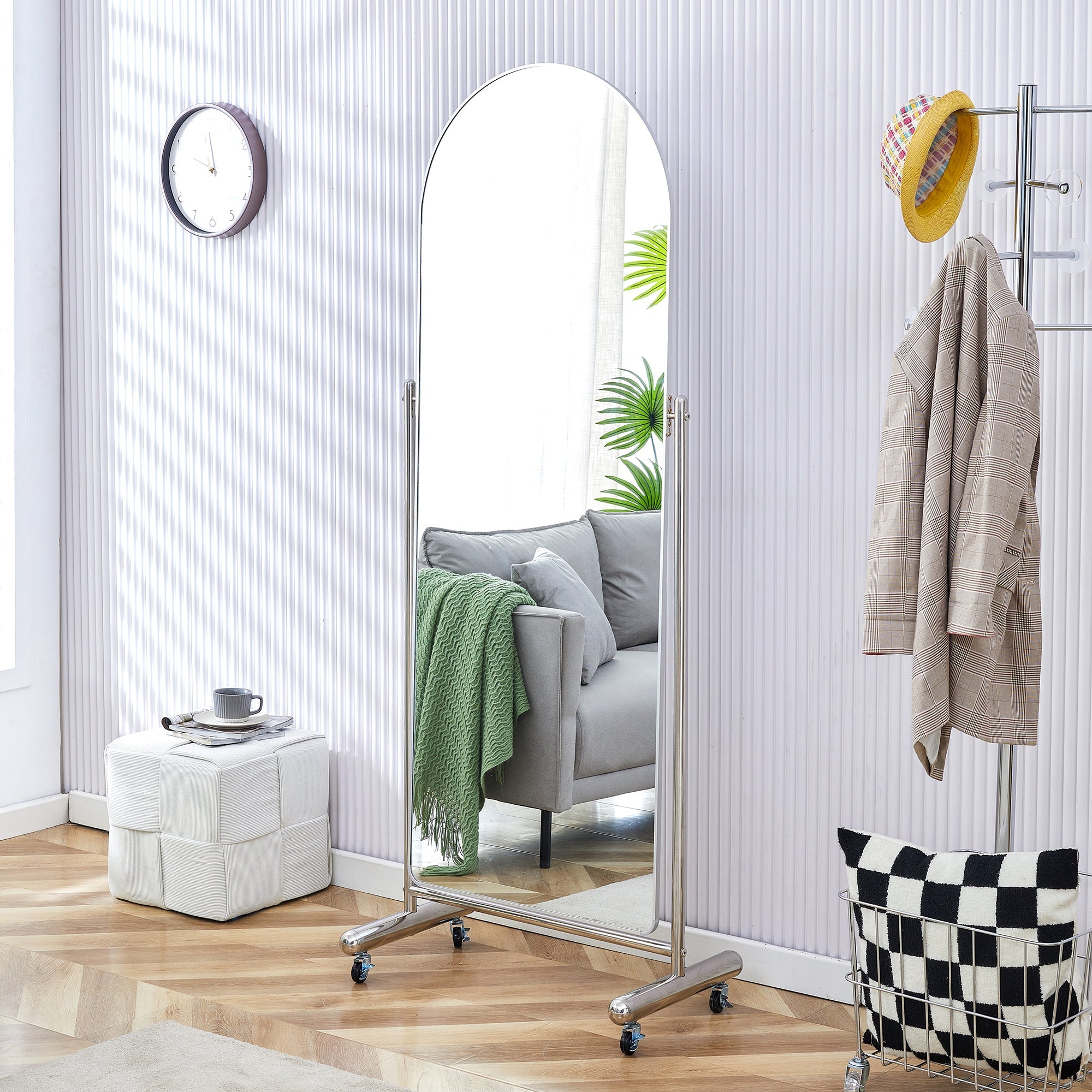


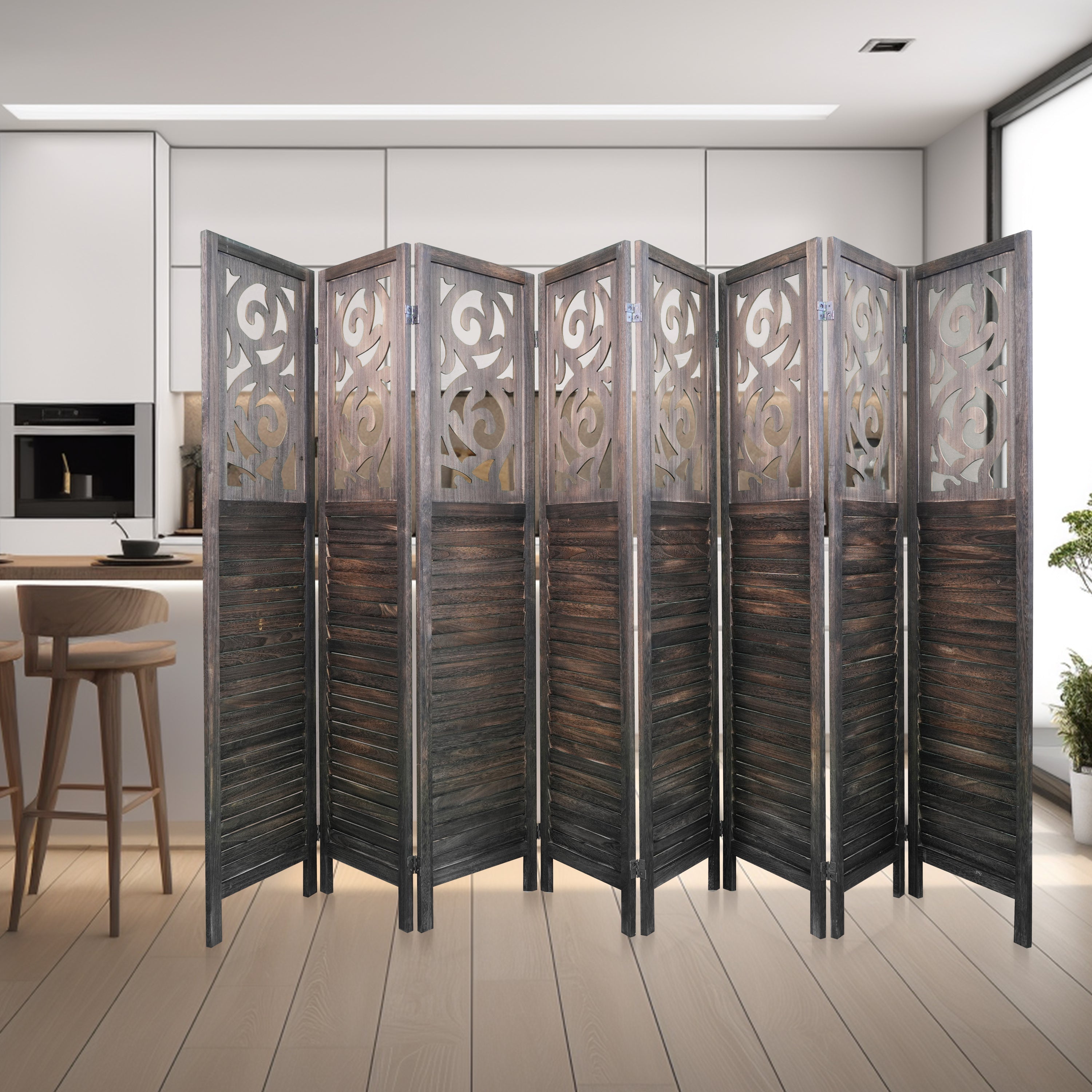
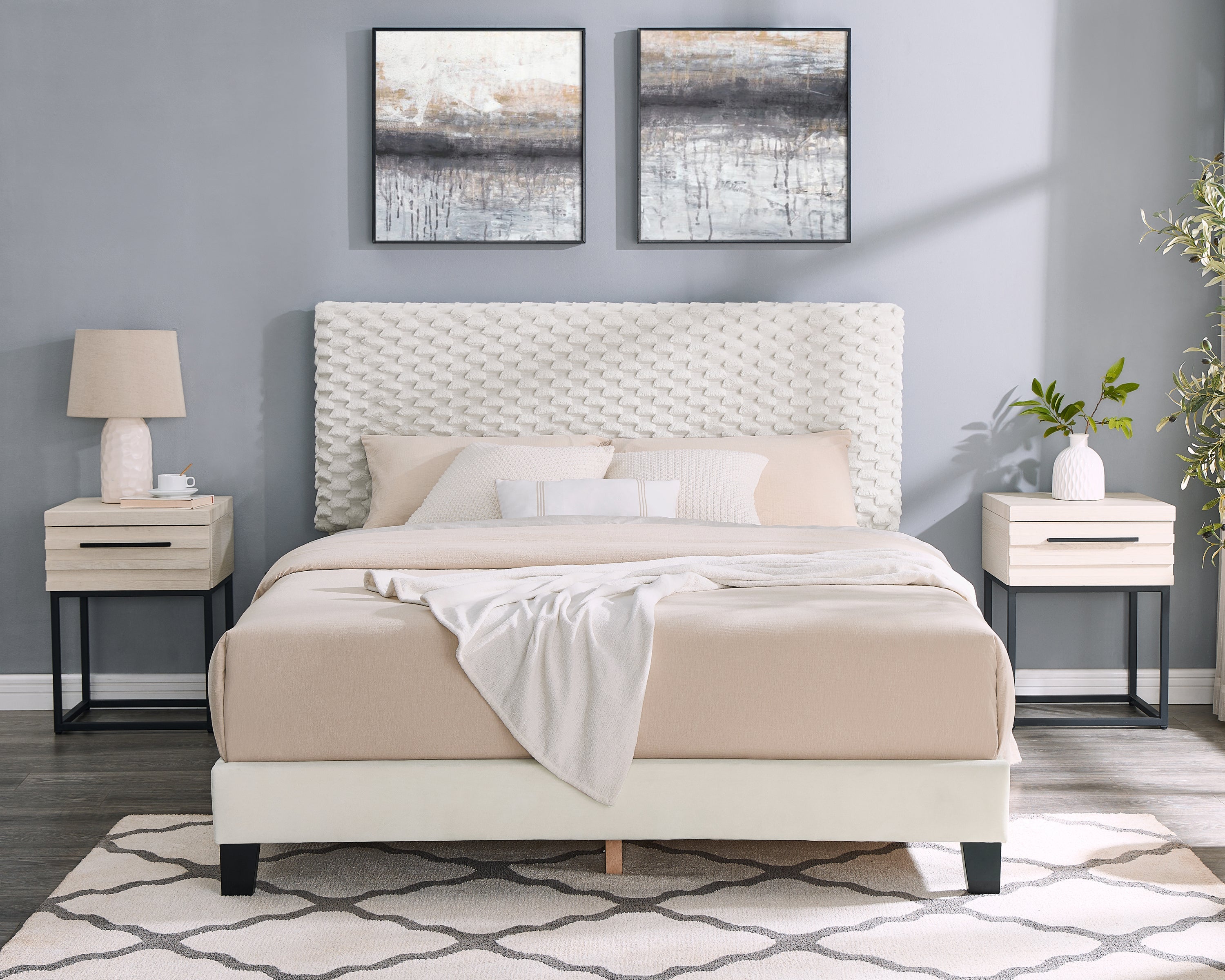

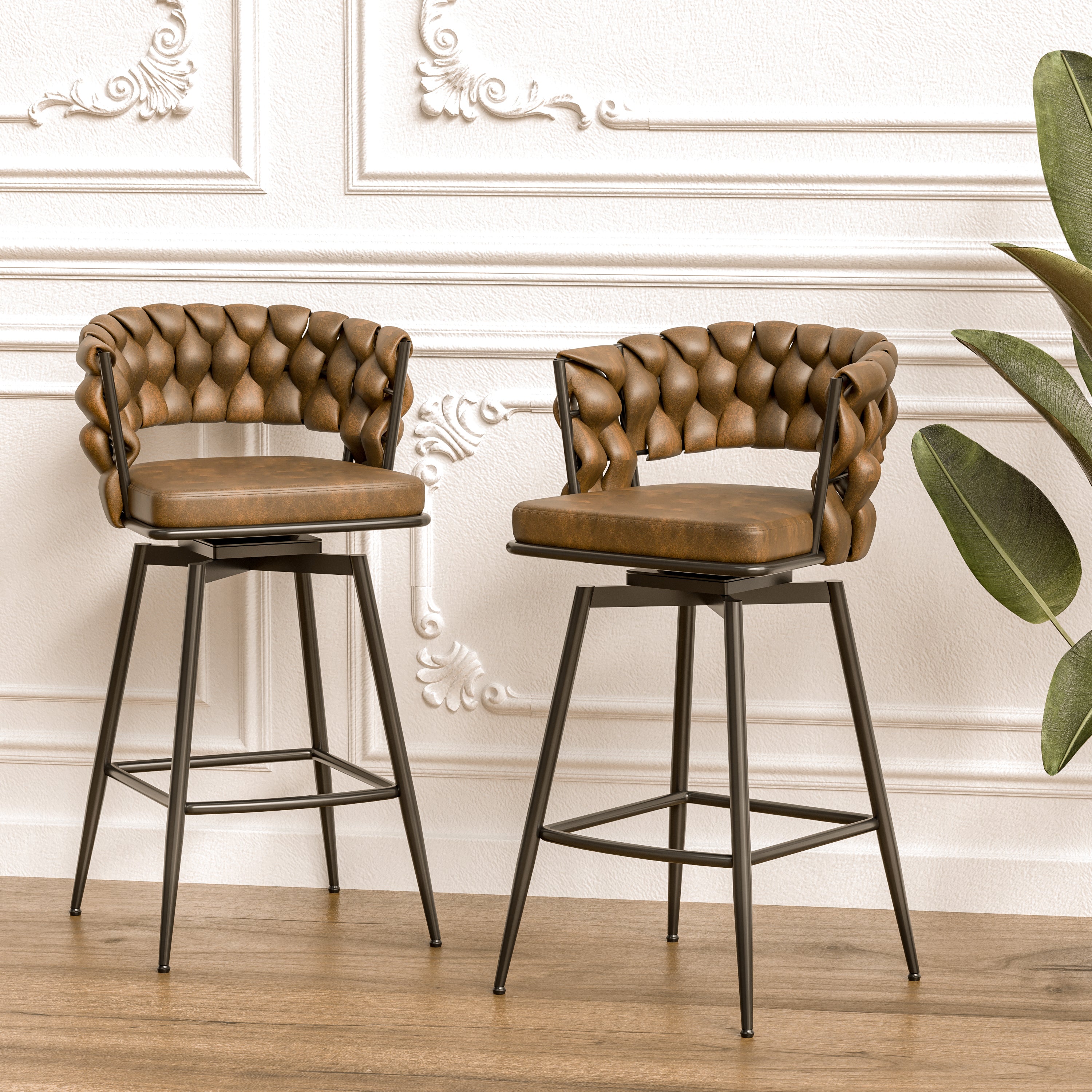

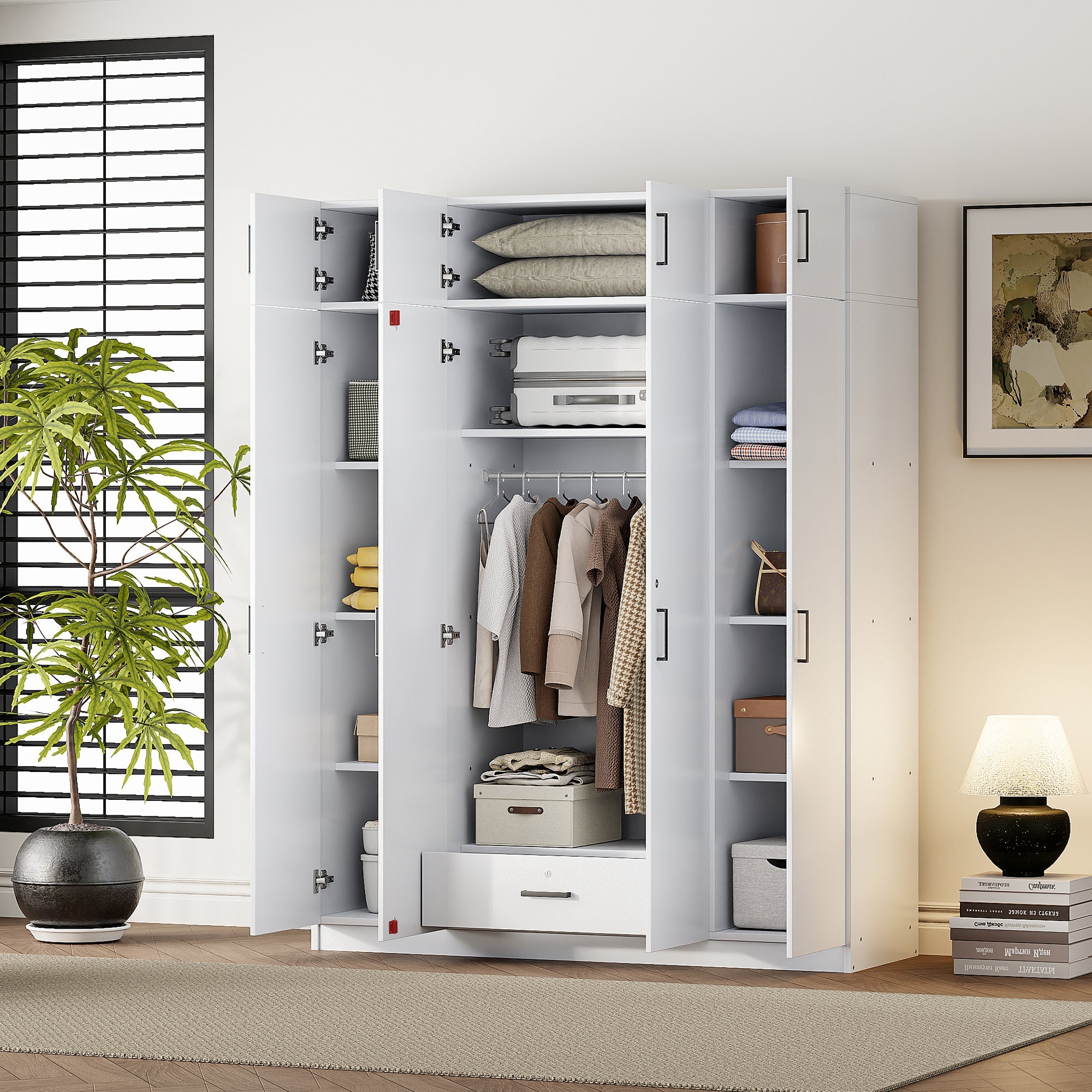
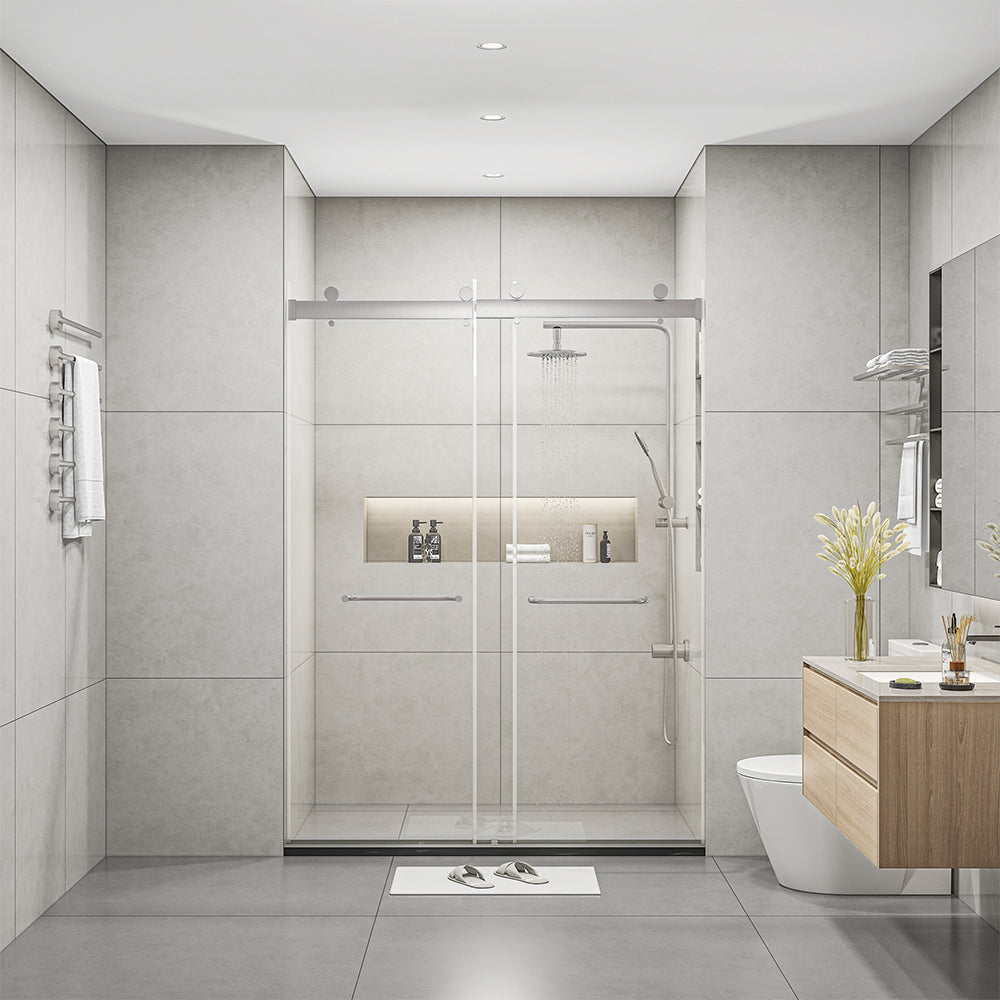
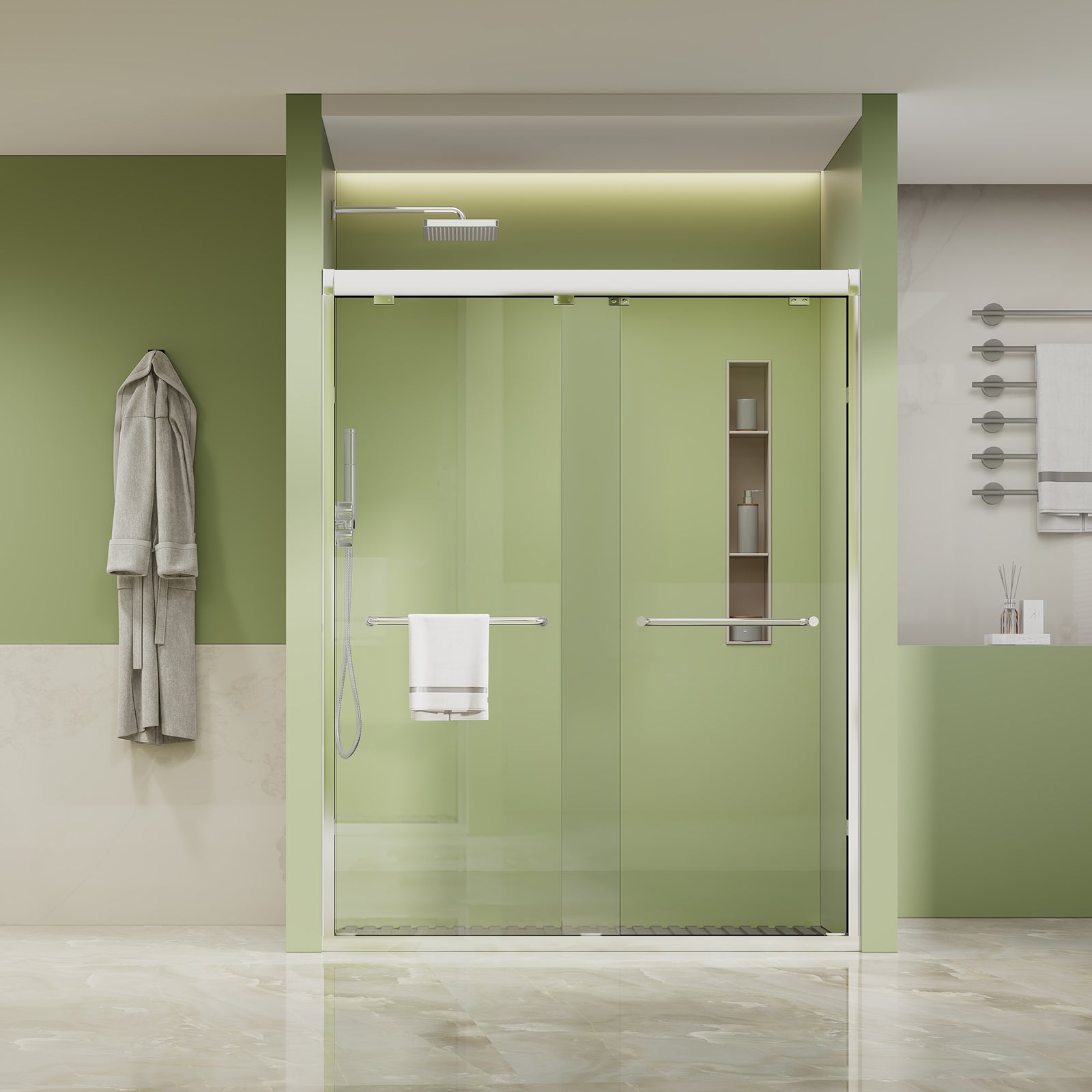
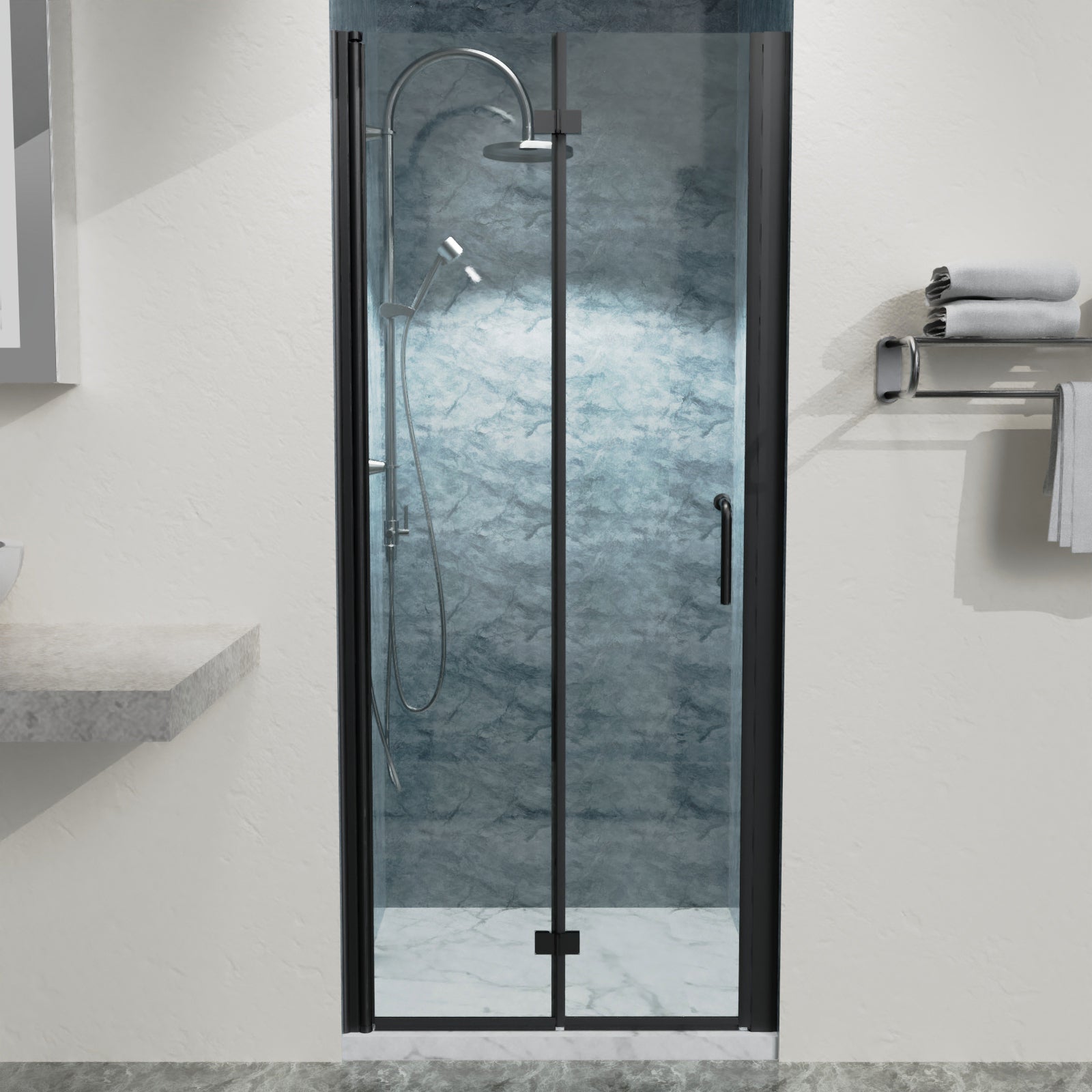
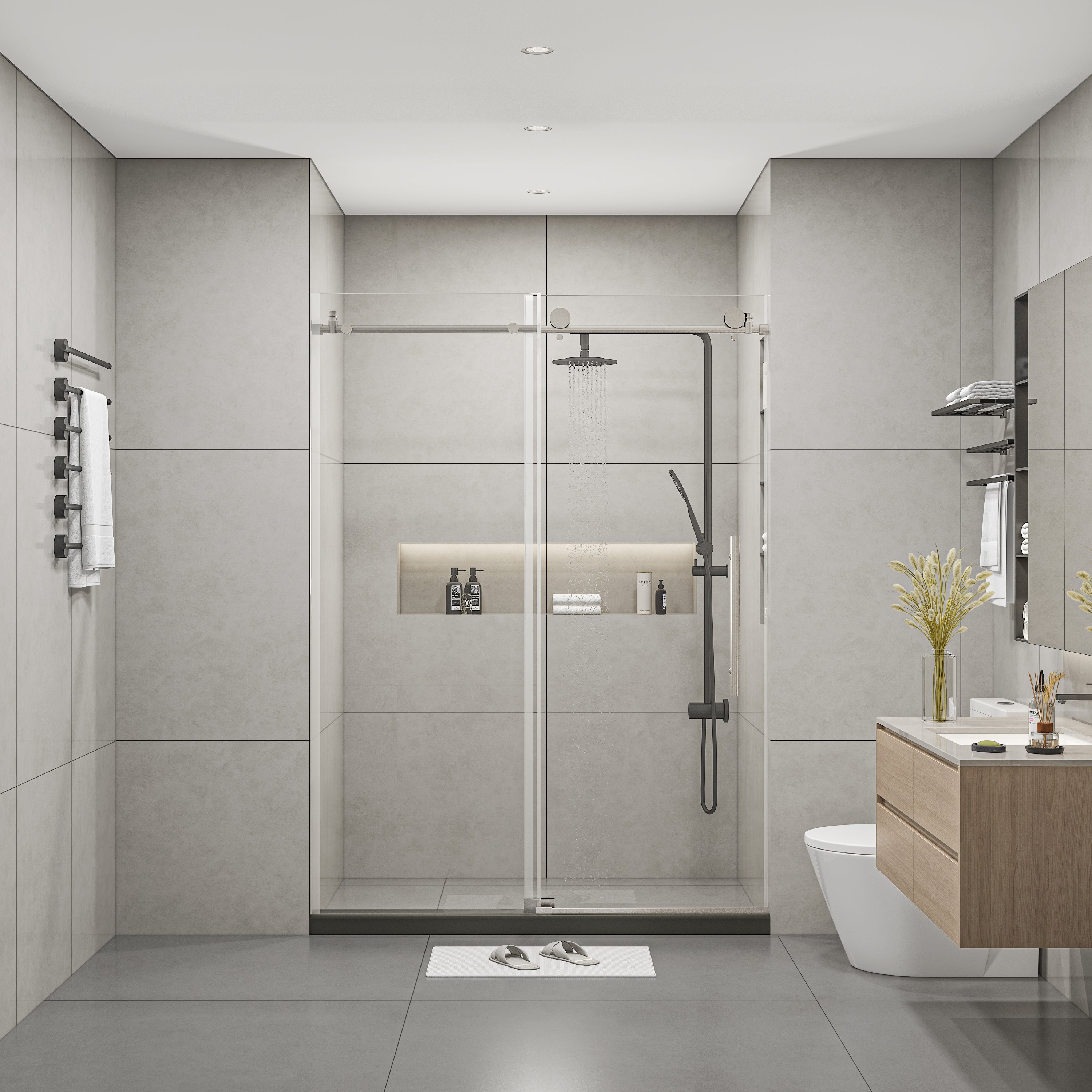
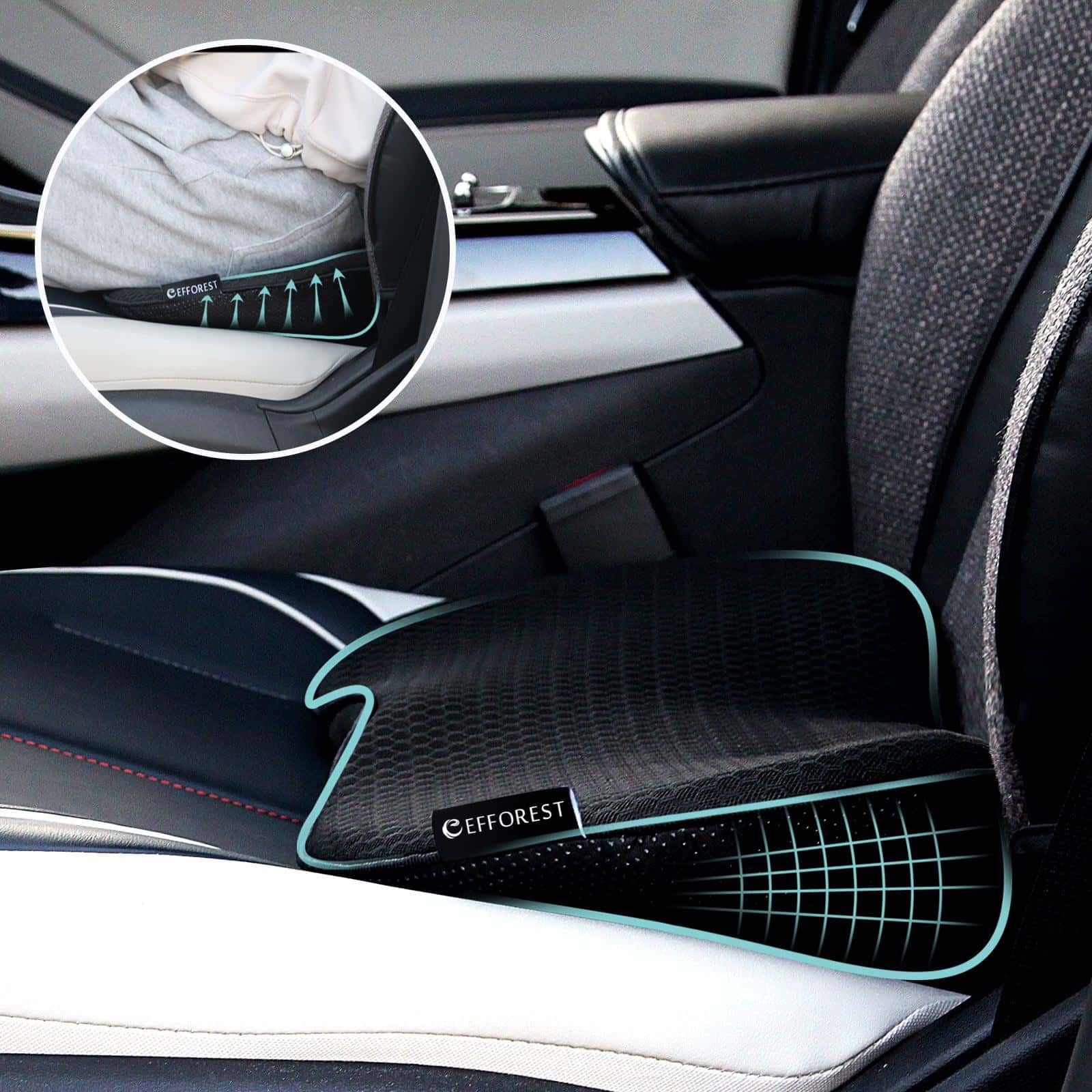
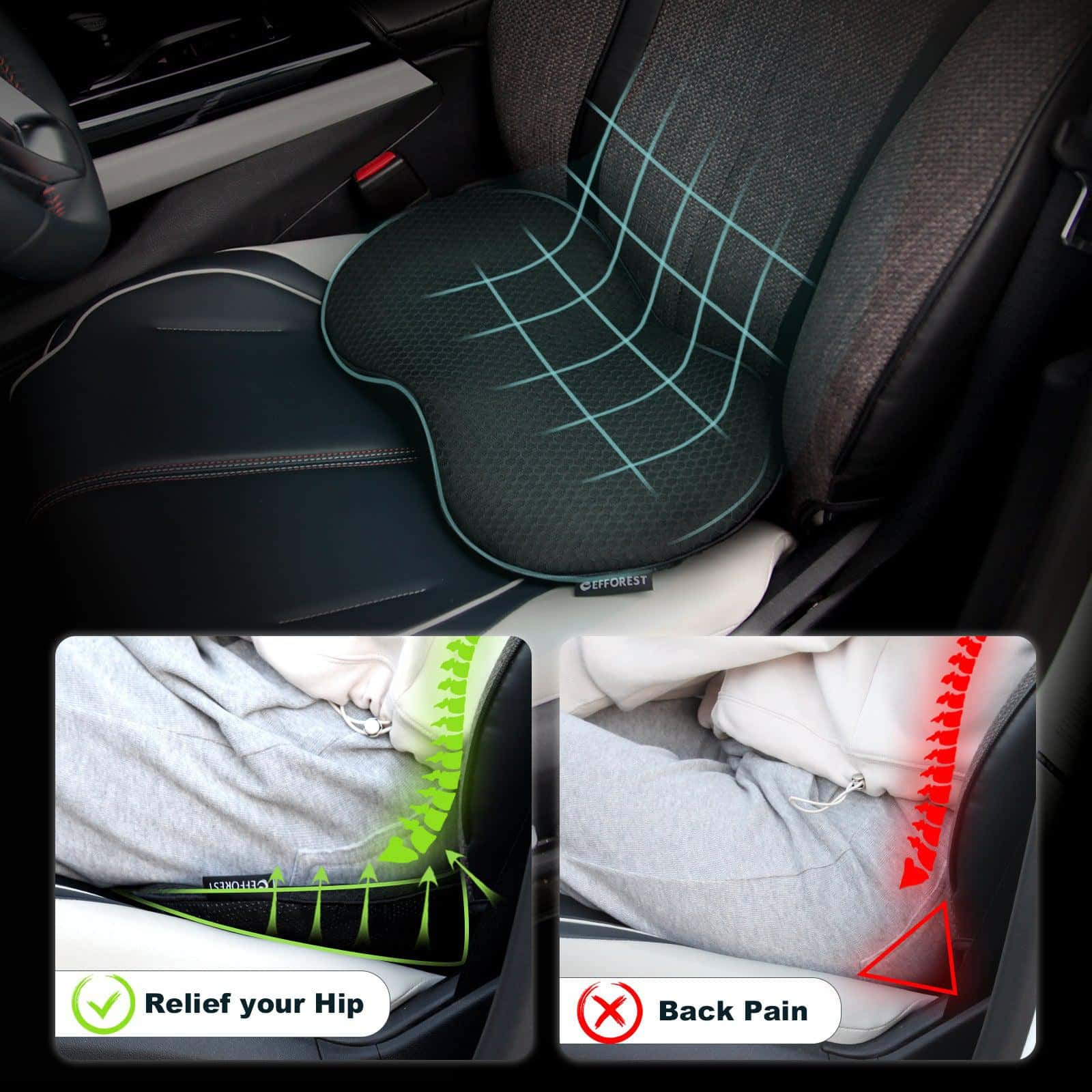

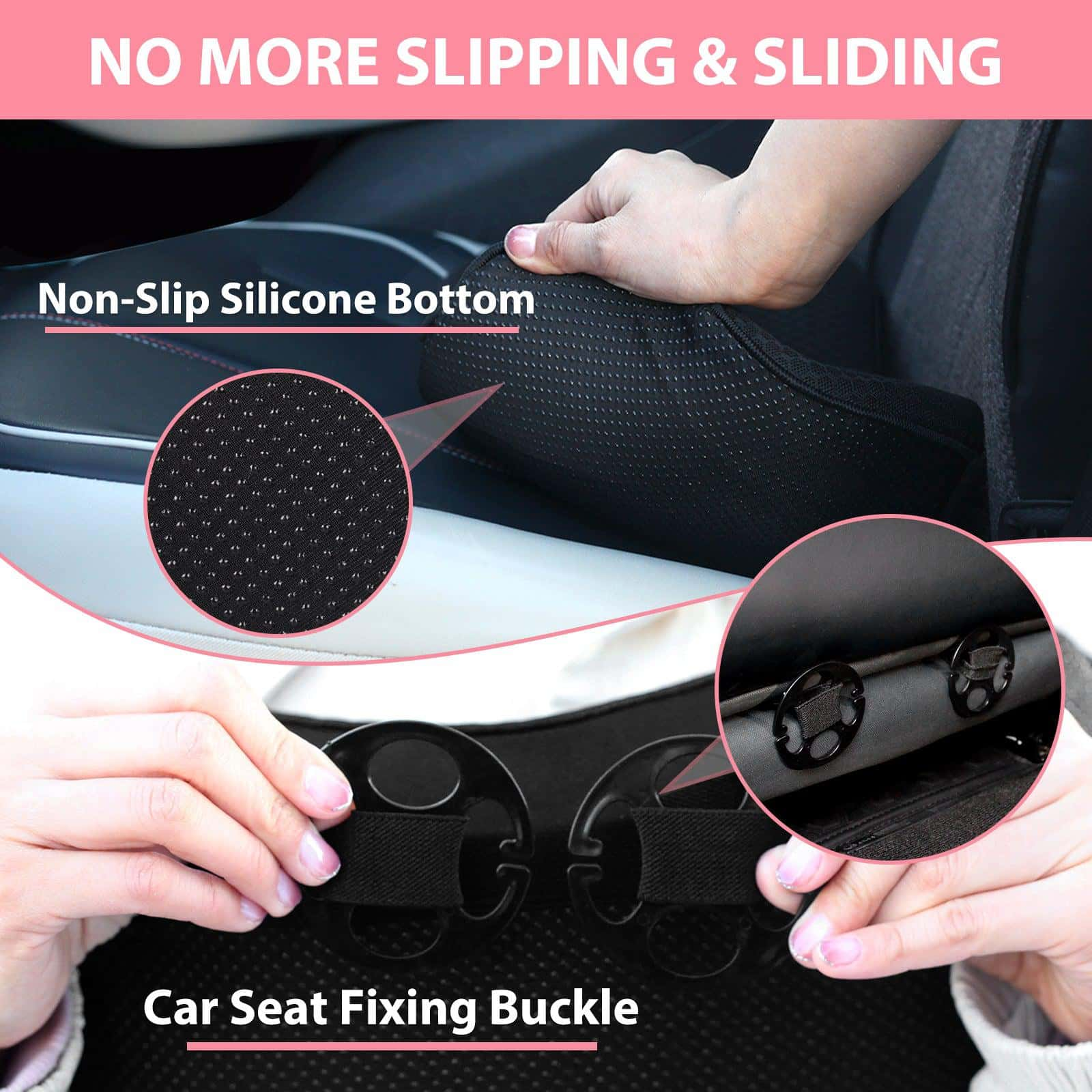
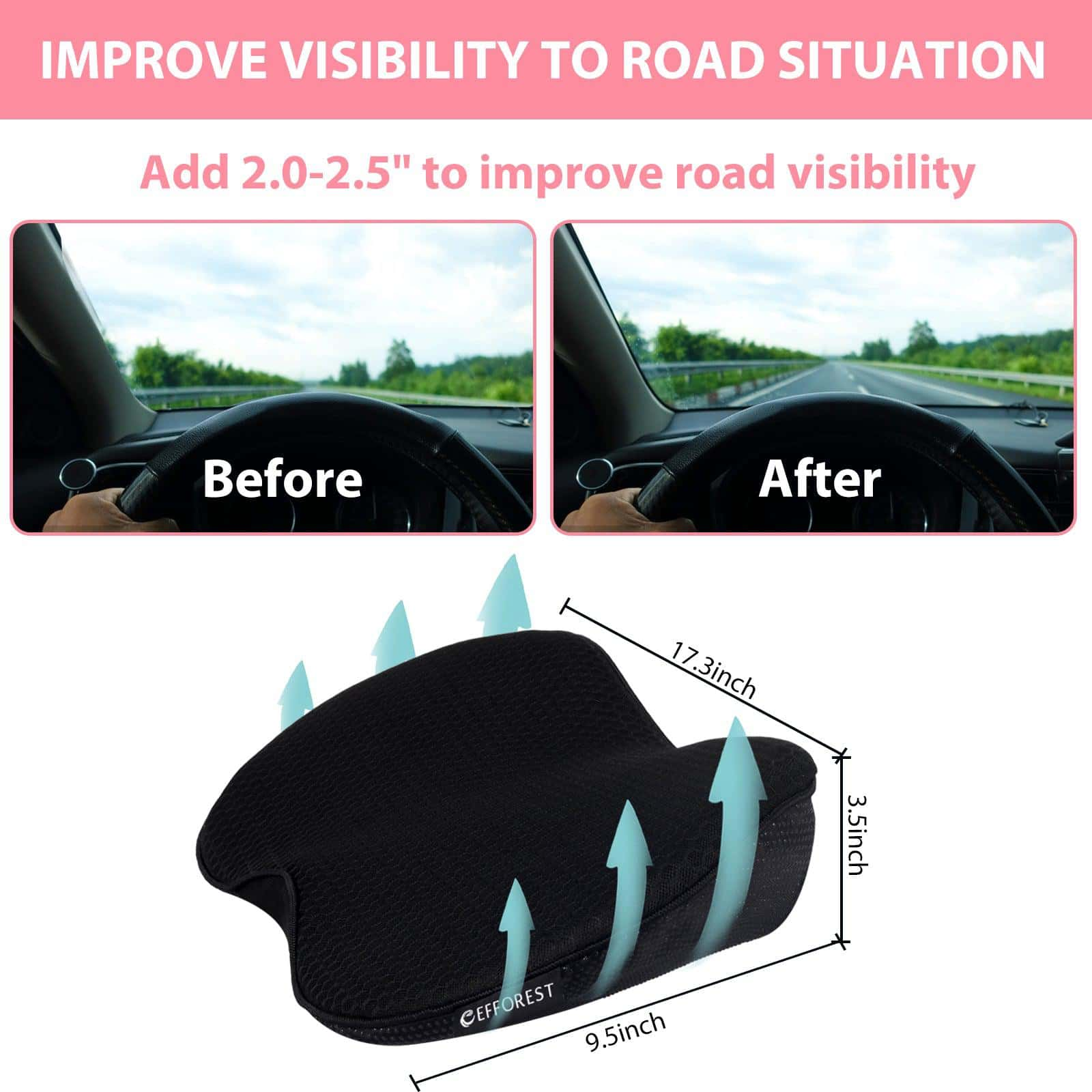
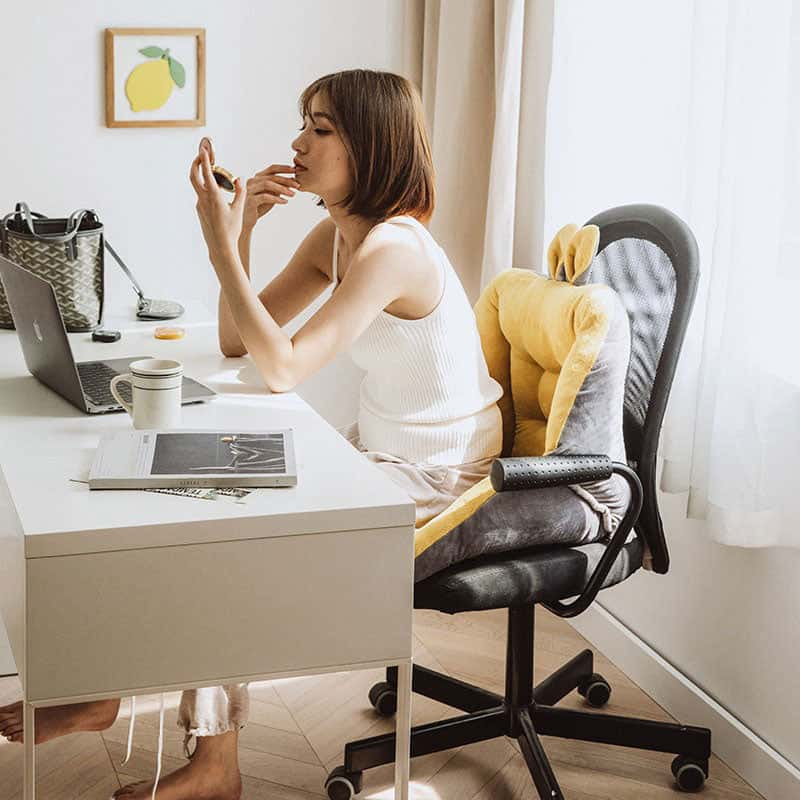
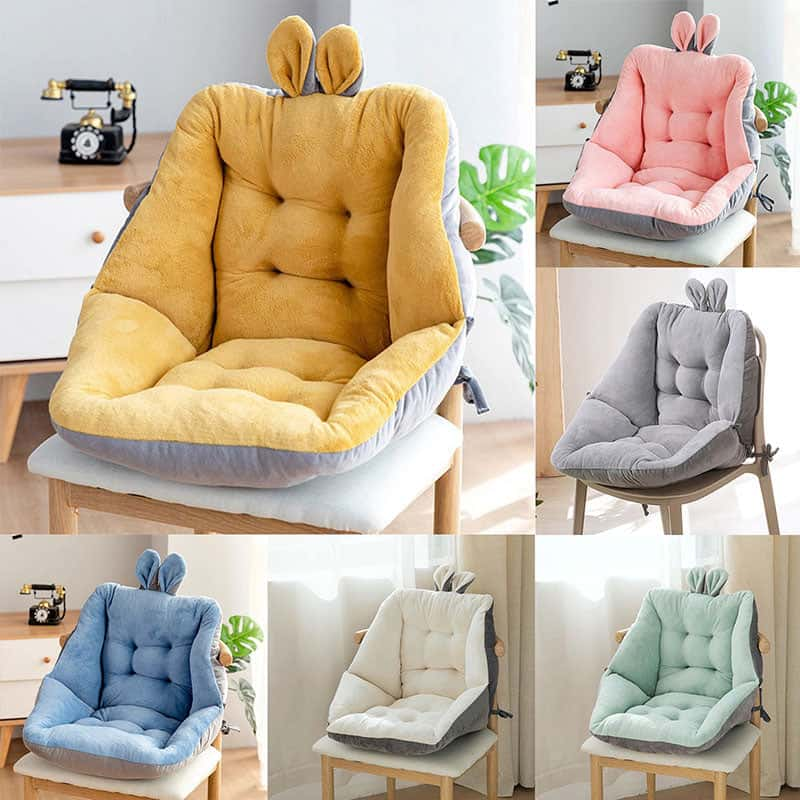
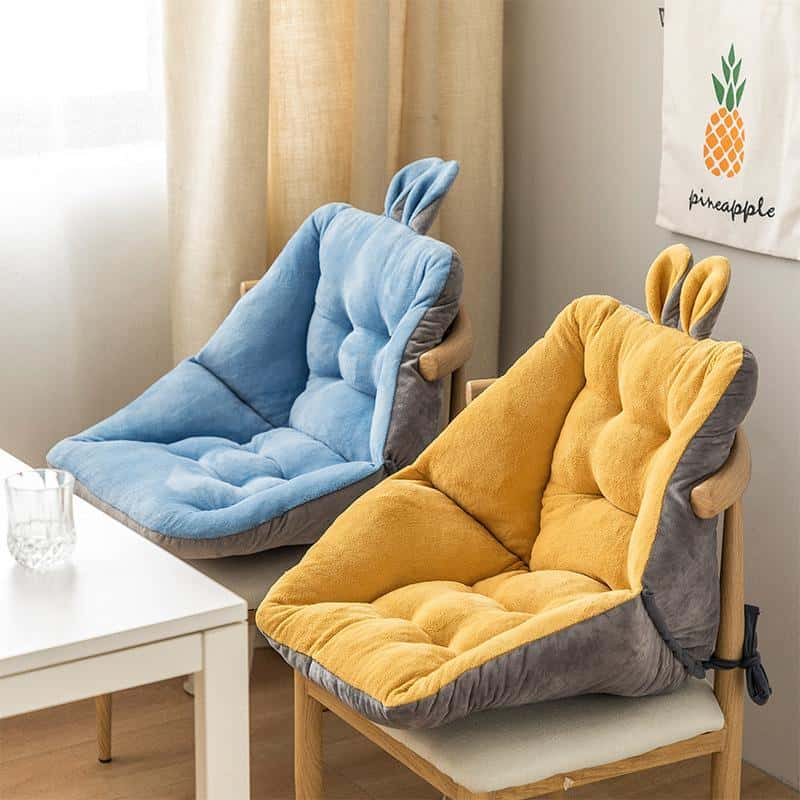
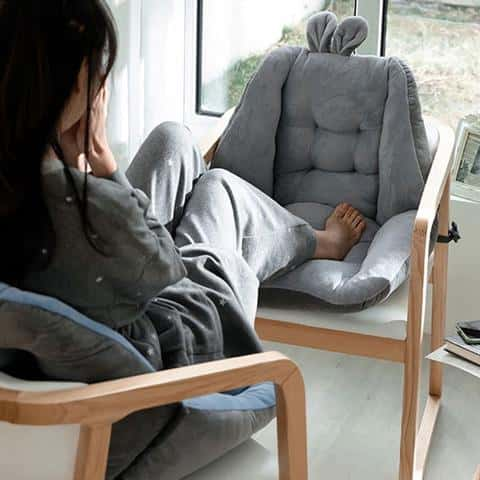
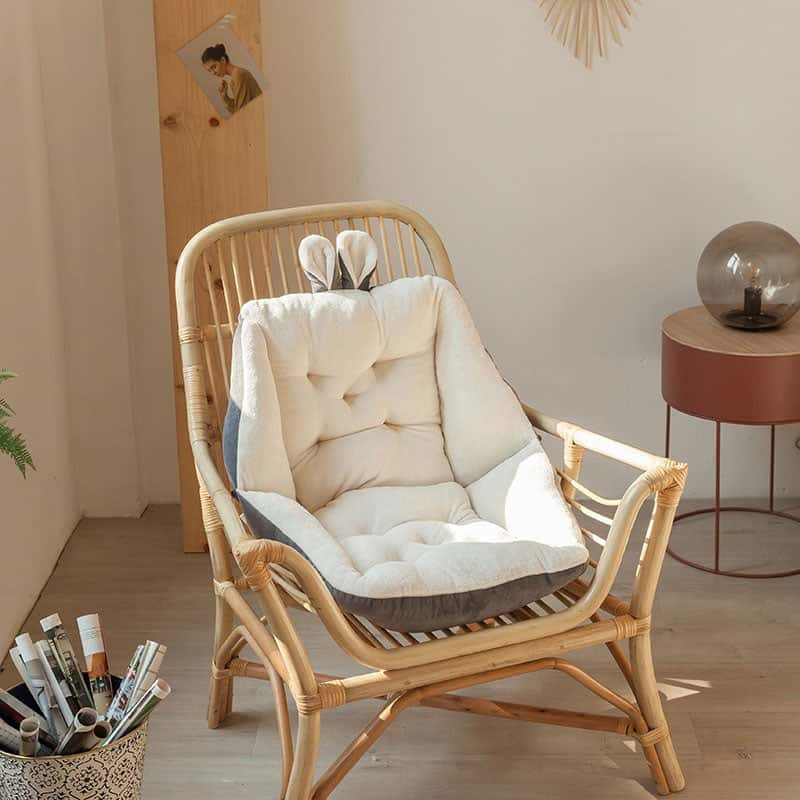
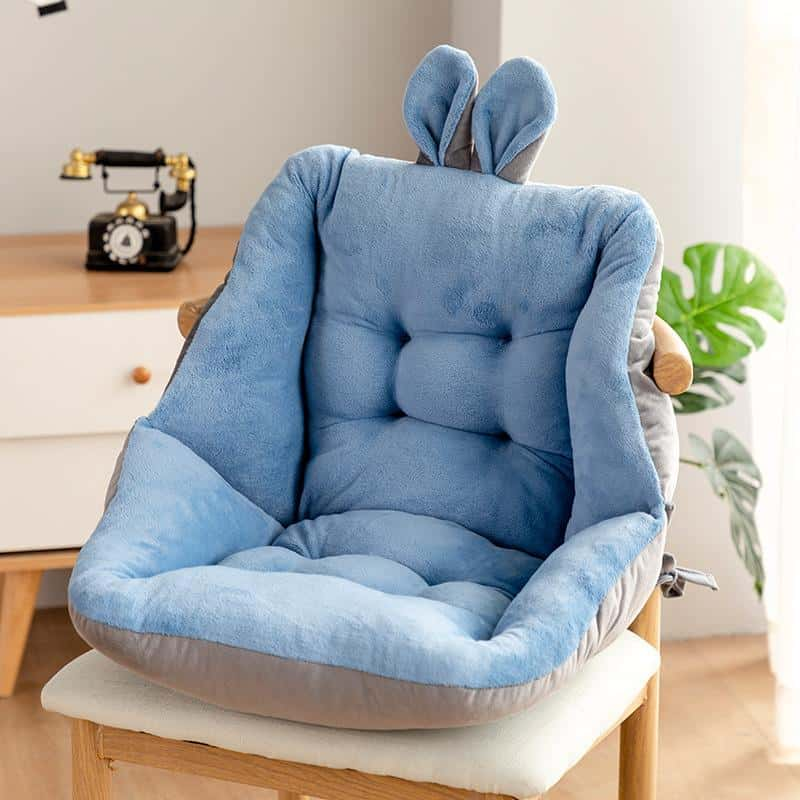

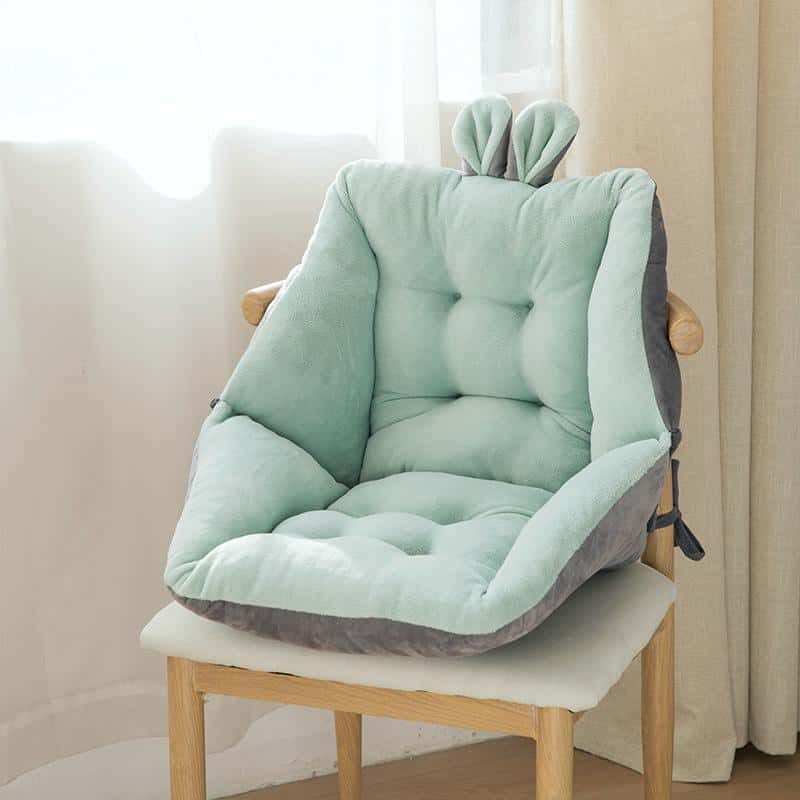
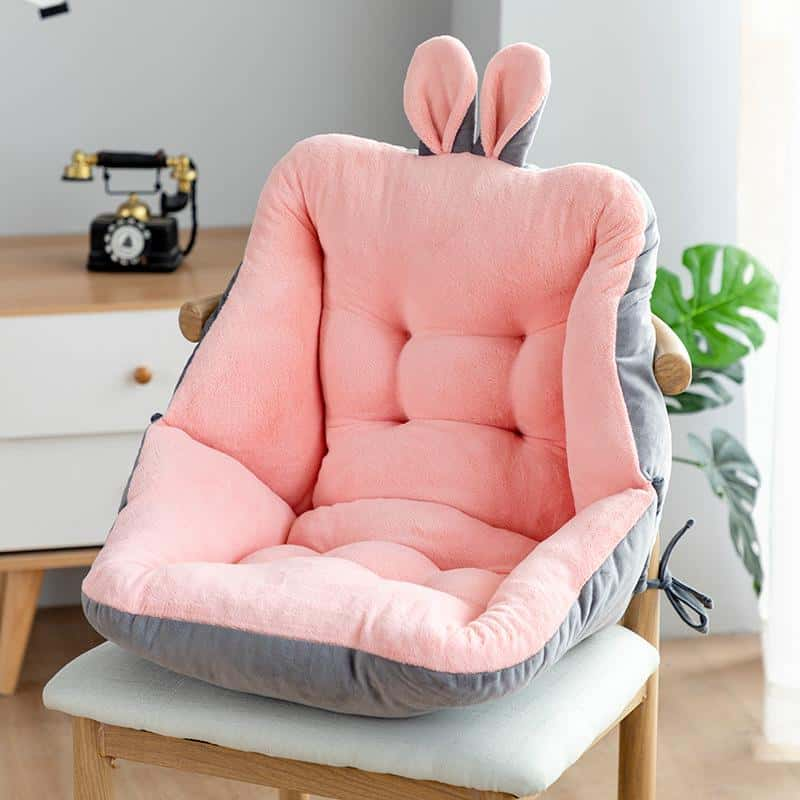
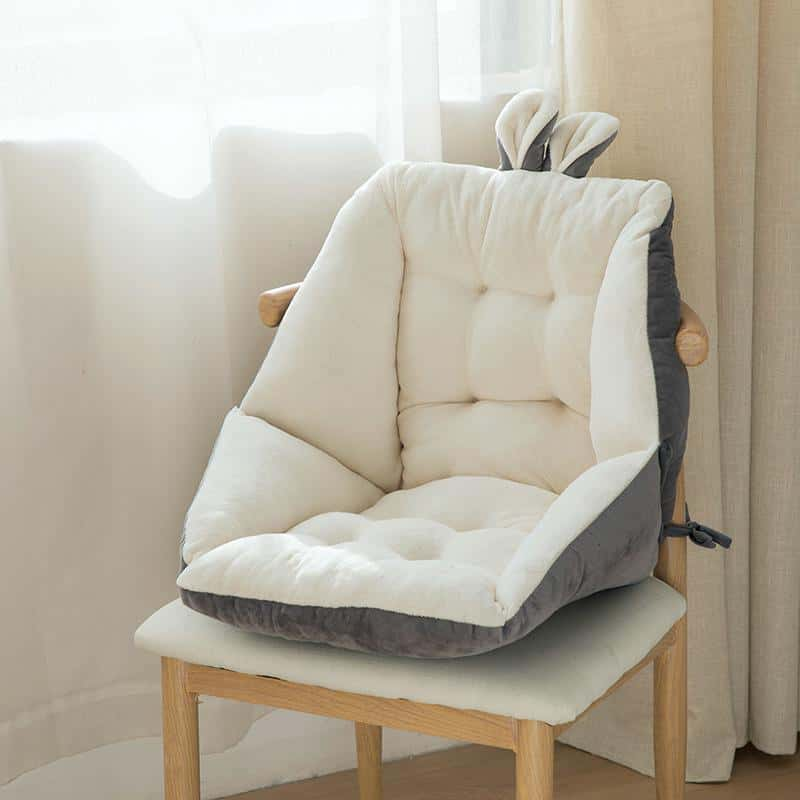
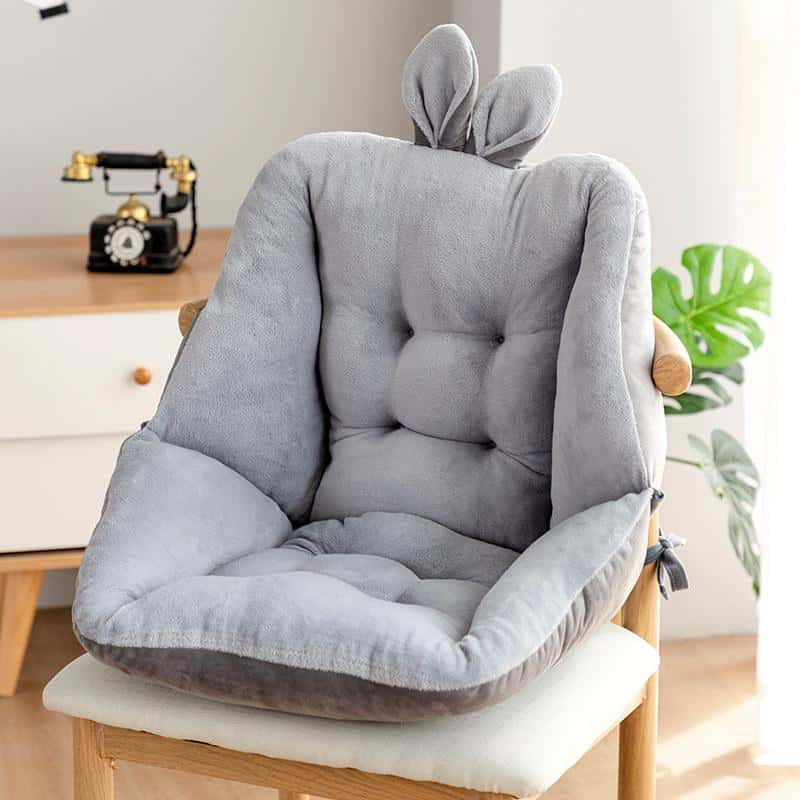



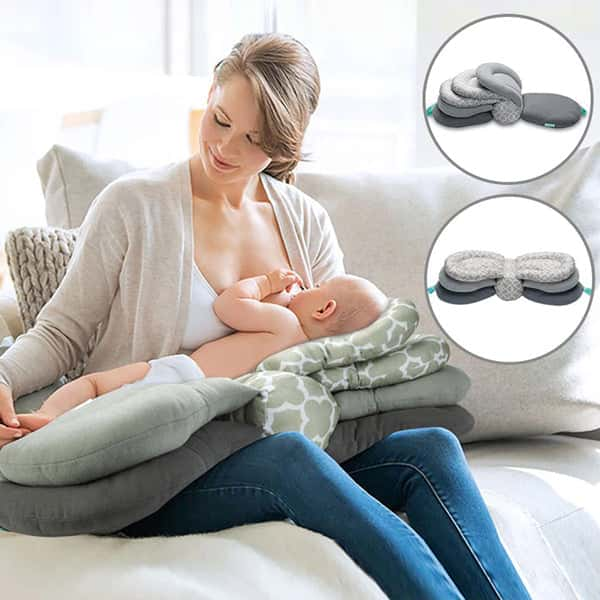

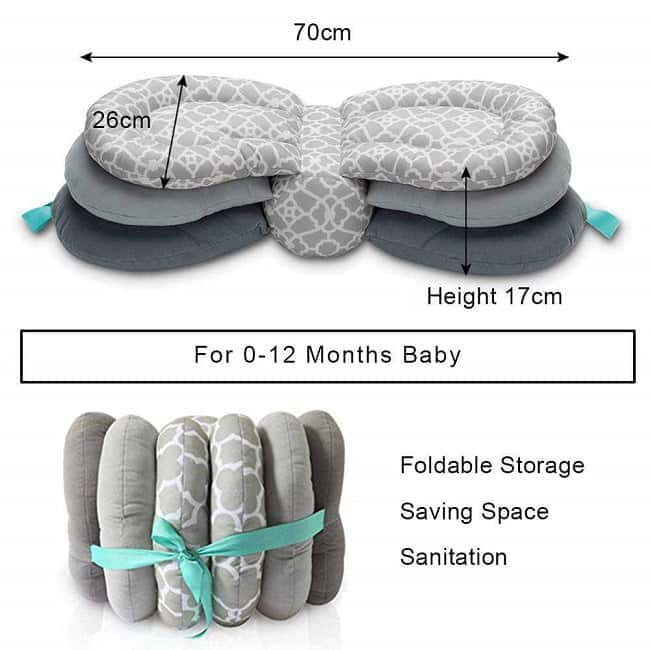
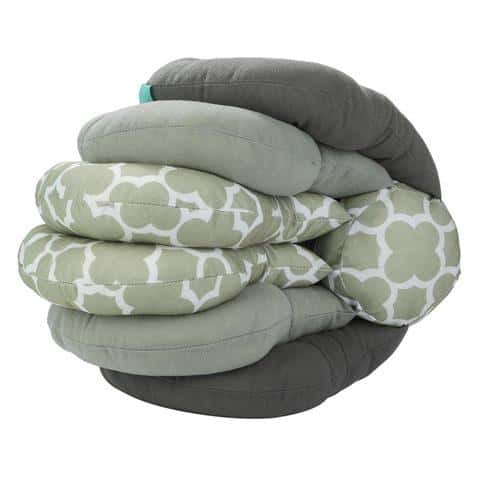
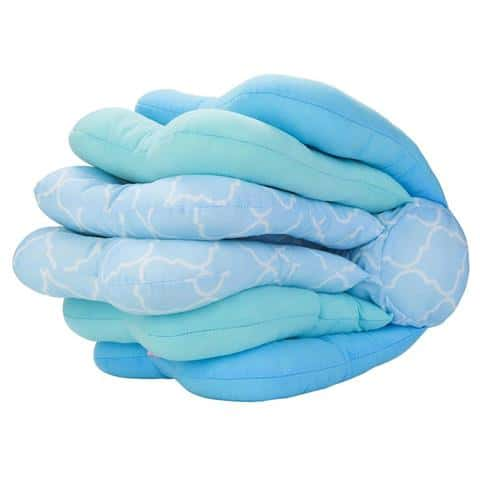
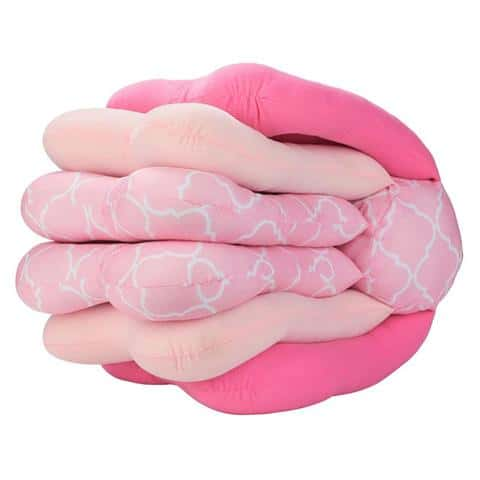
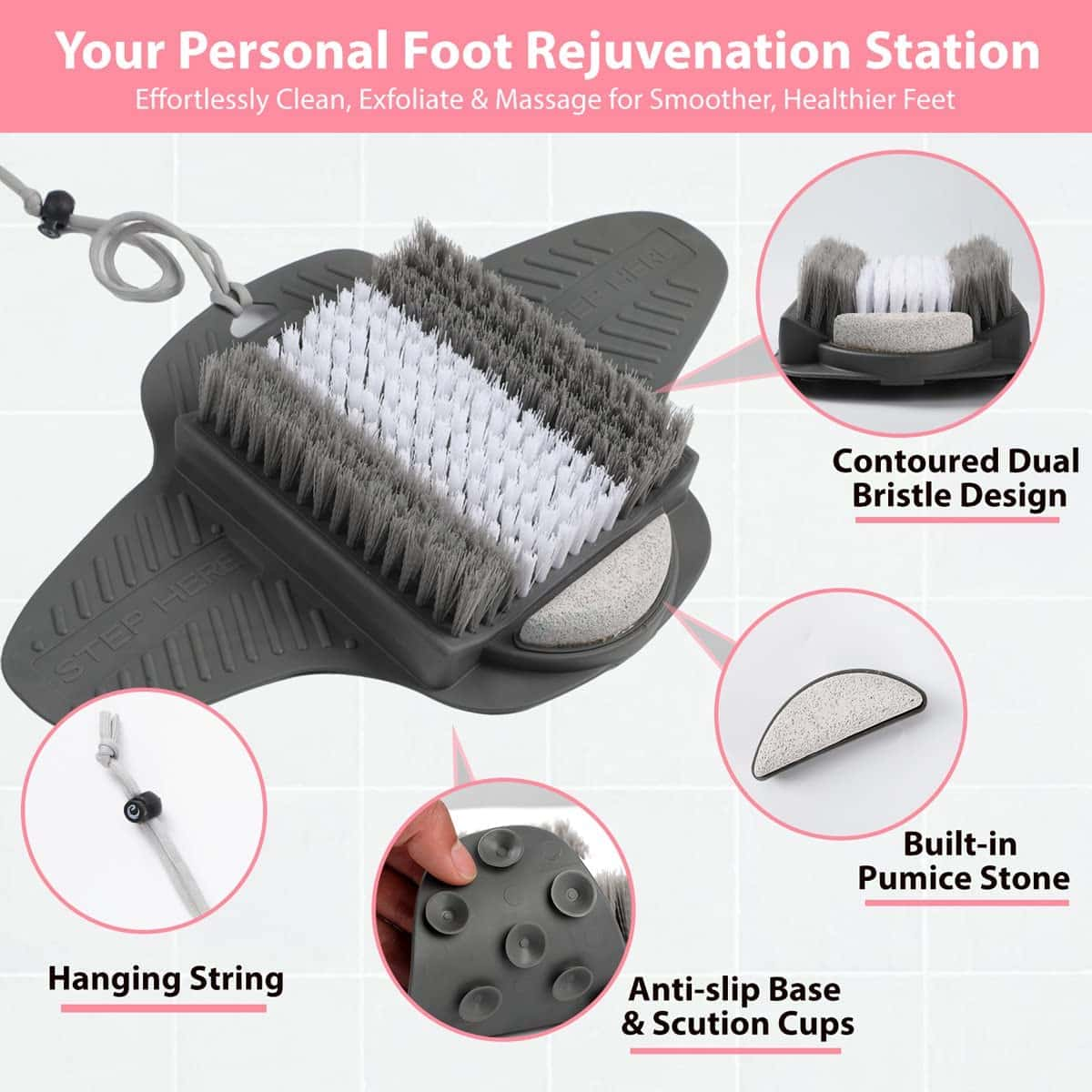
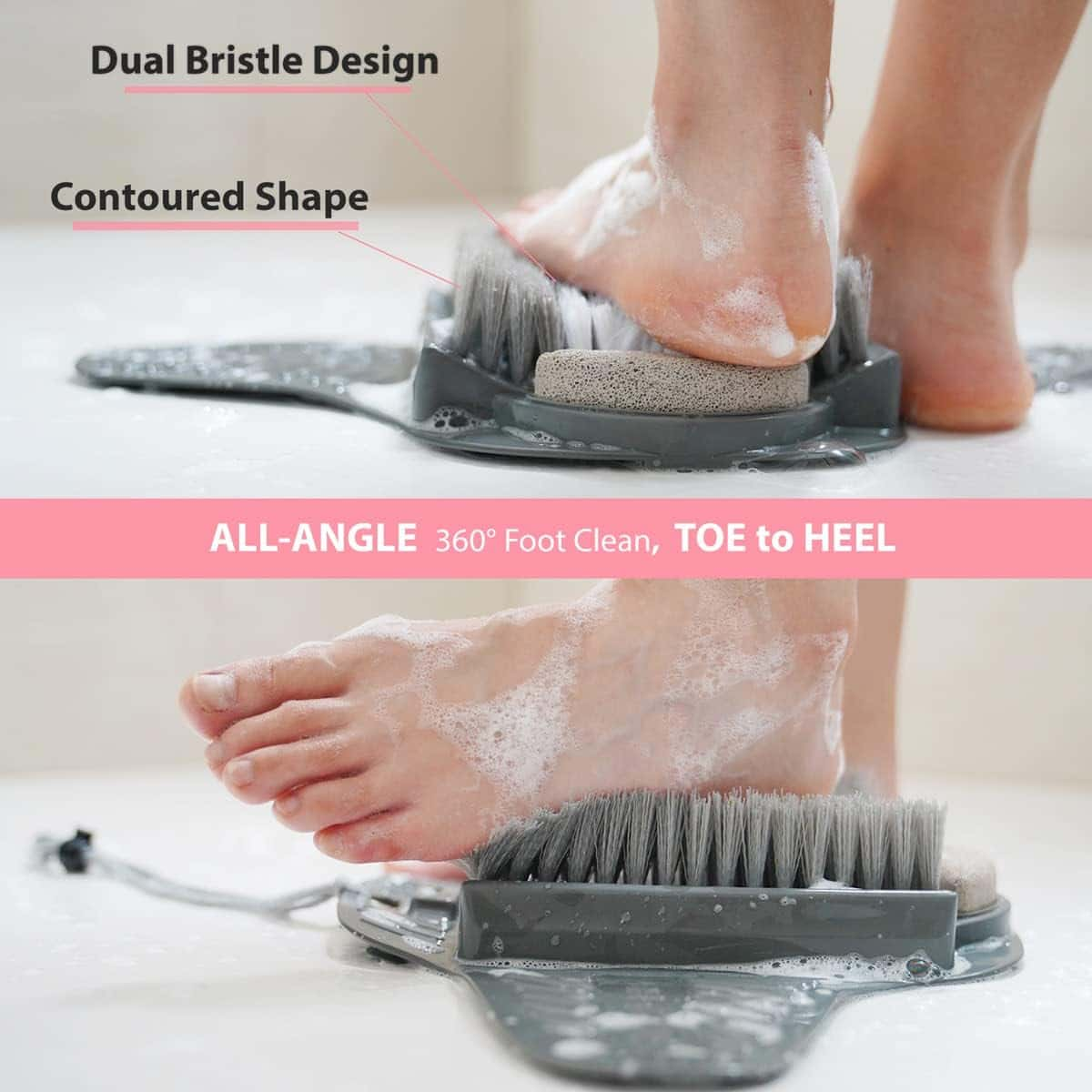
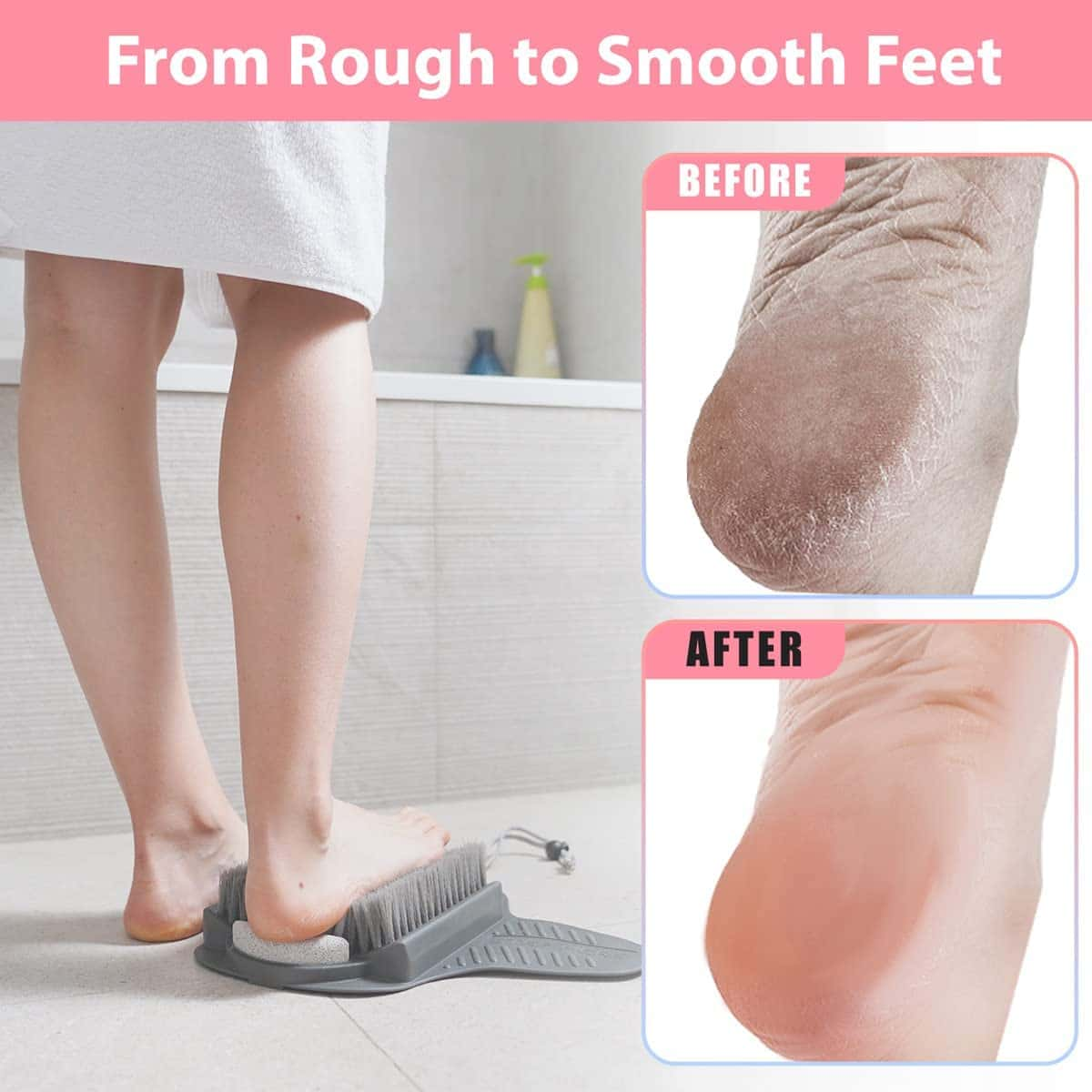
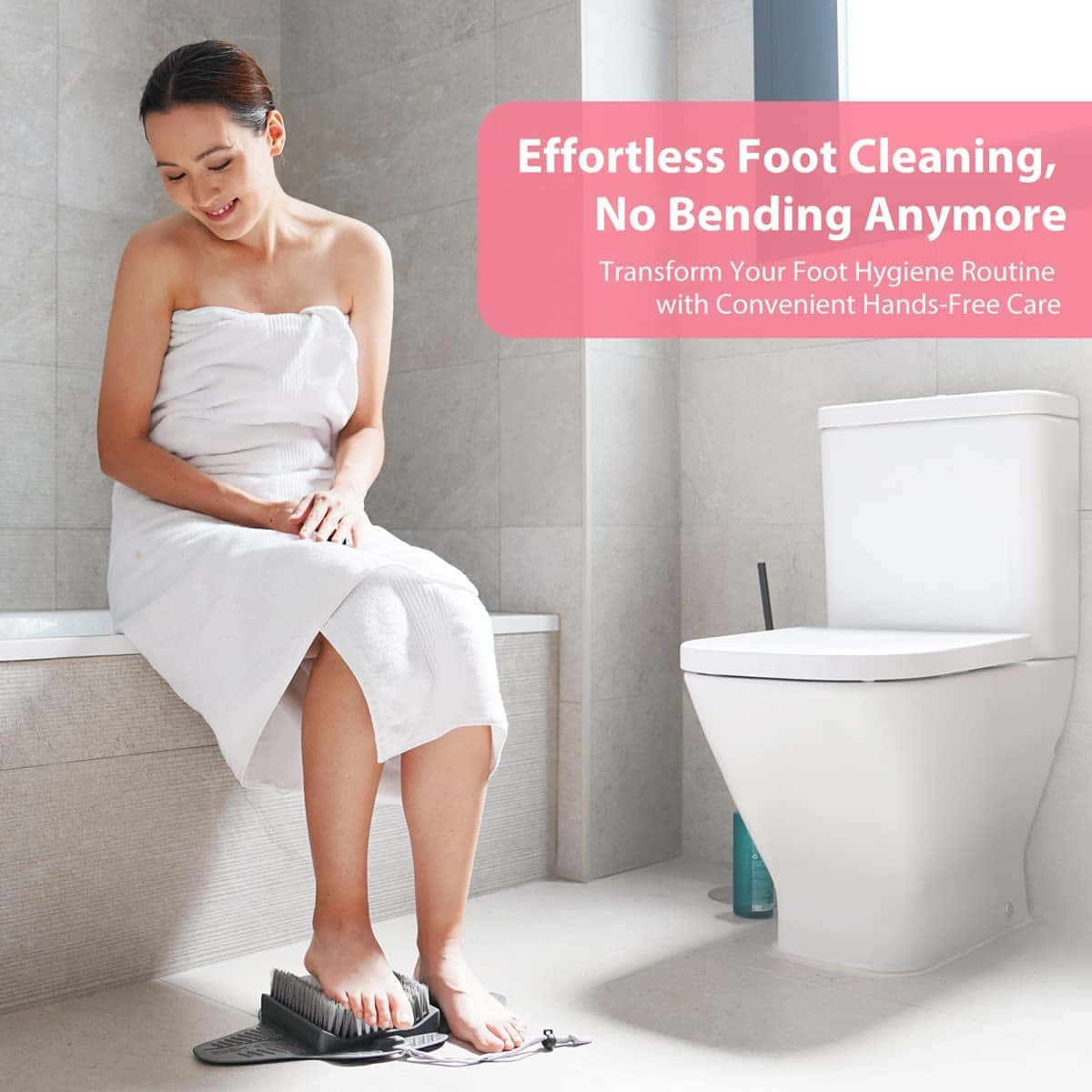

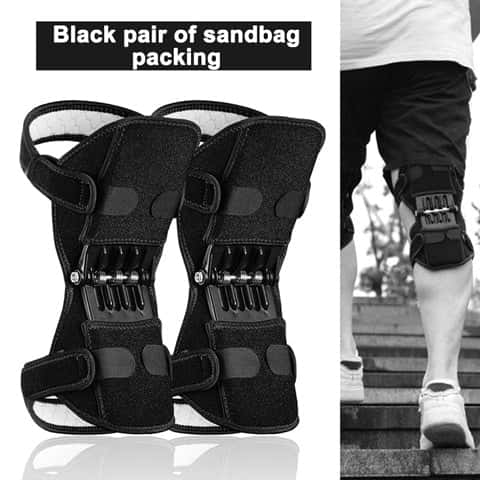
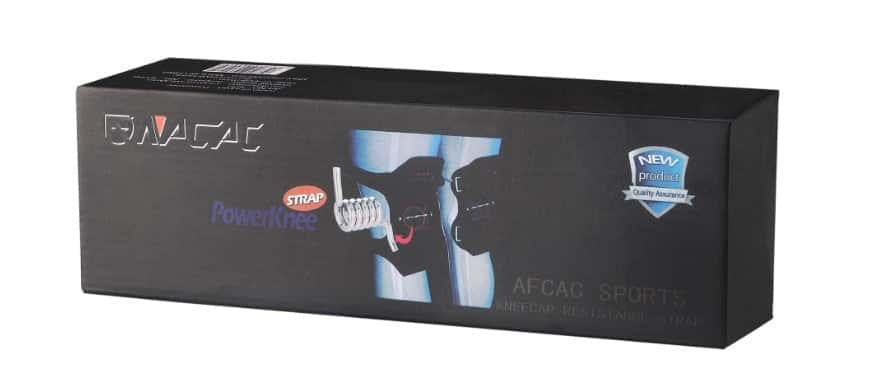

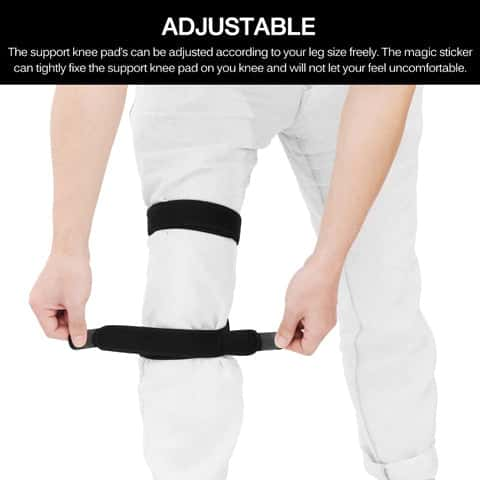
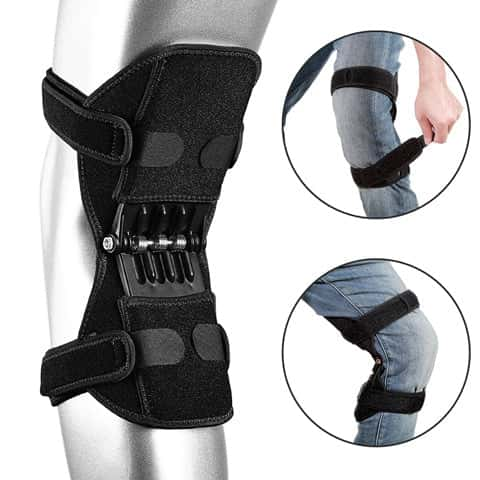
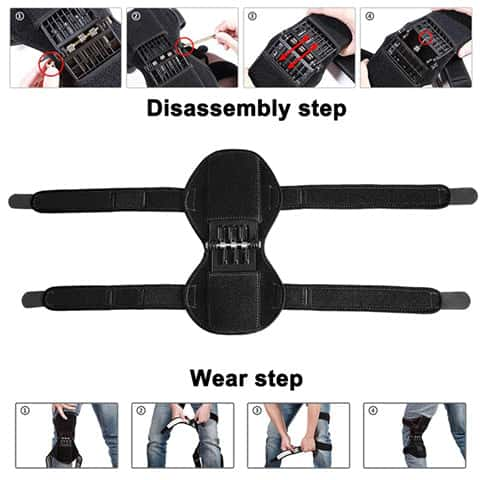
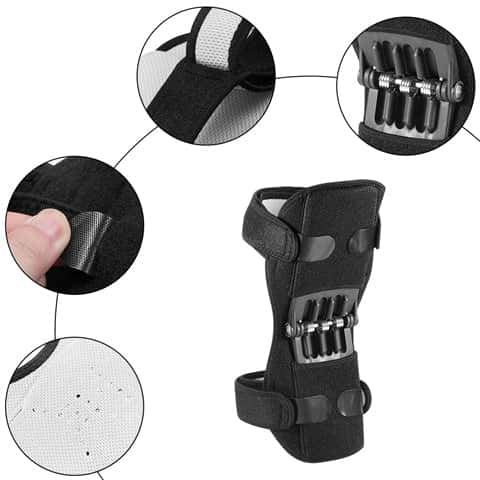
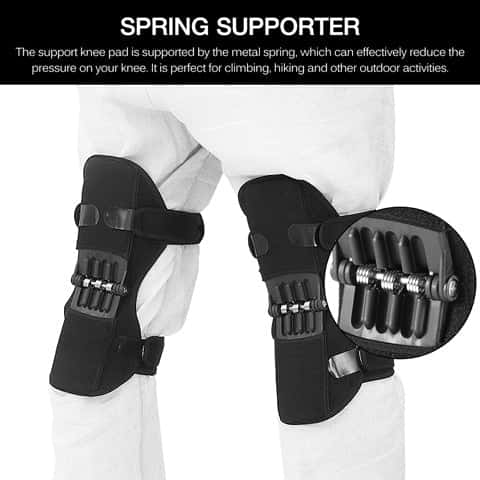
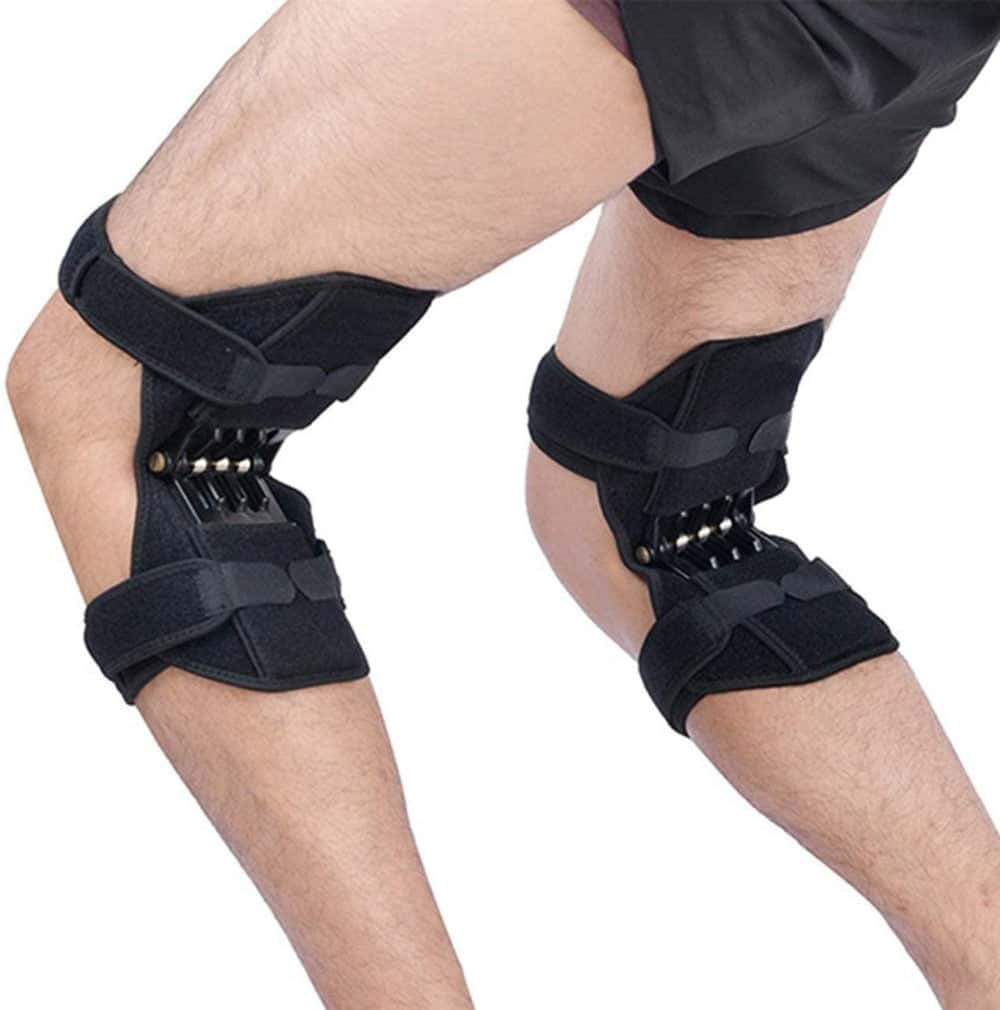




Share and get 15% off!
Simply share this product on one of the following social networks and you will unlock 15% off!